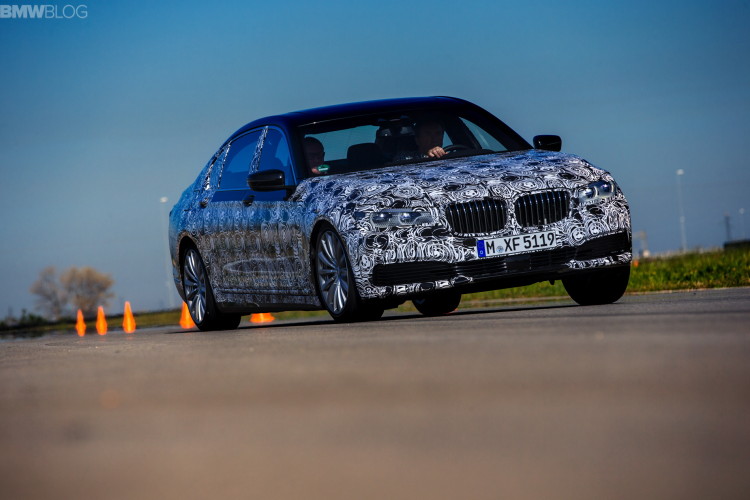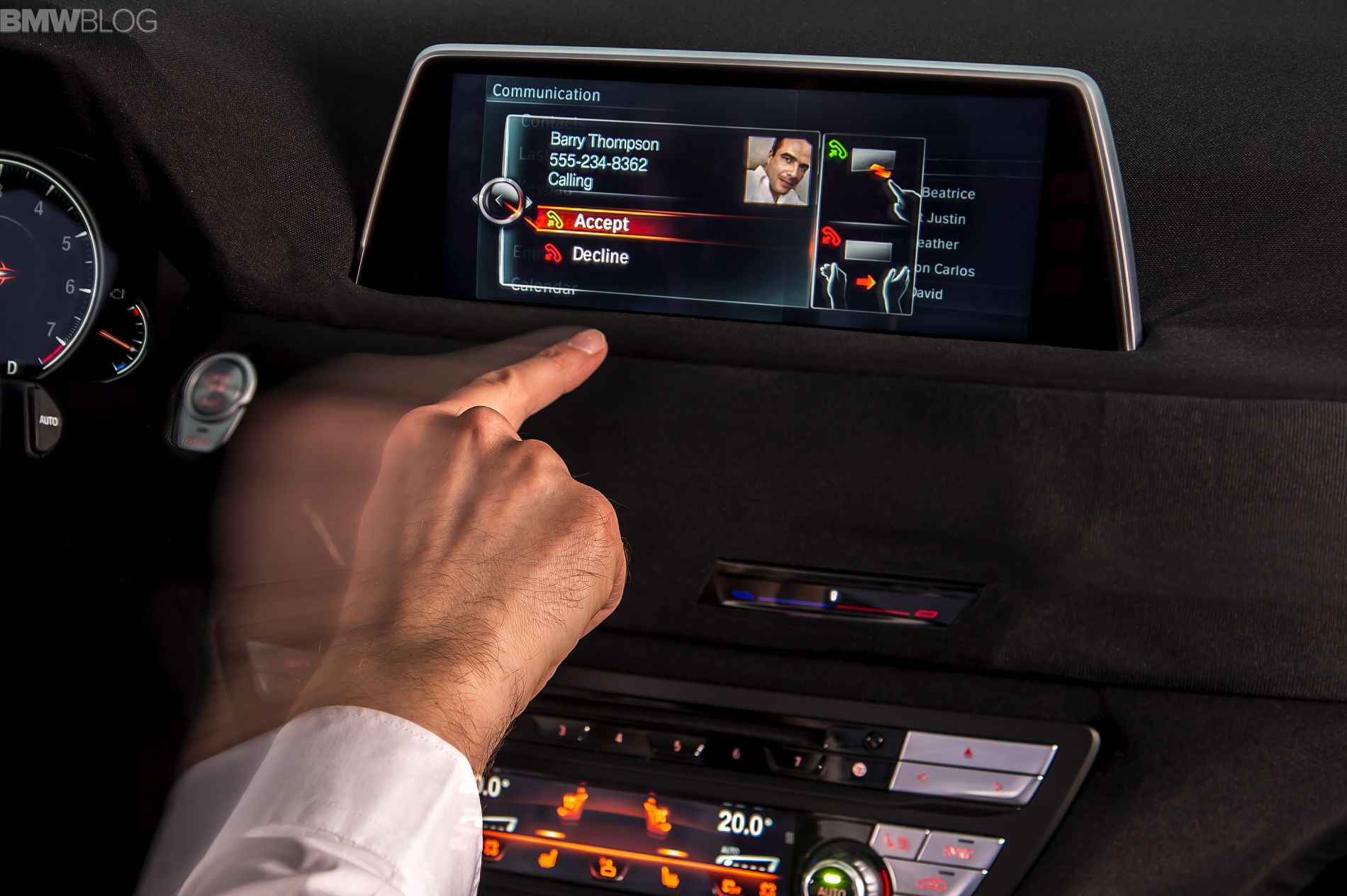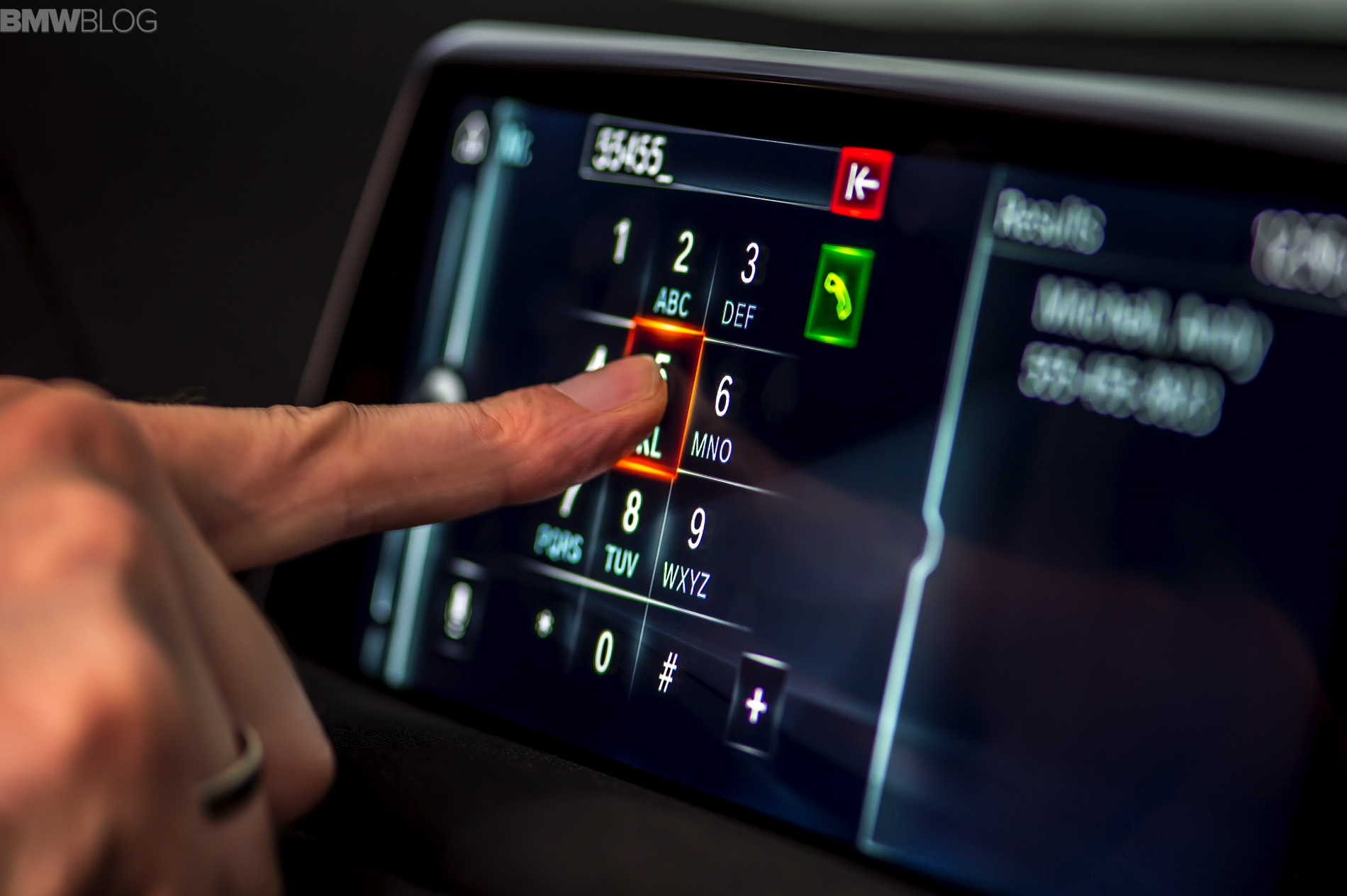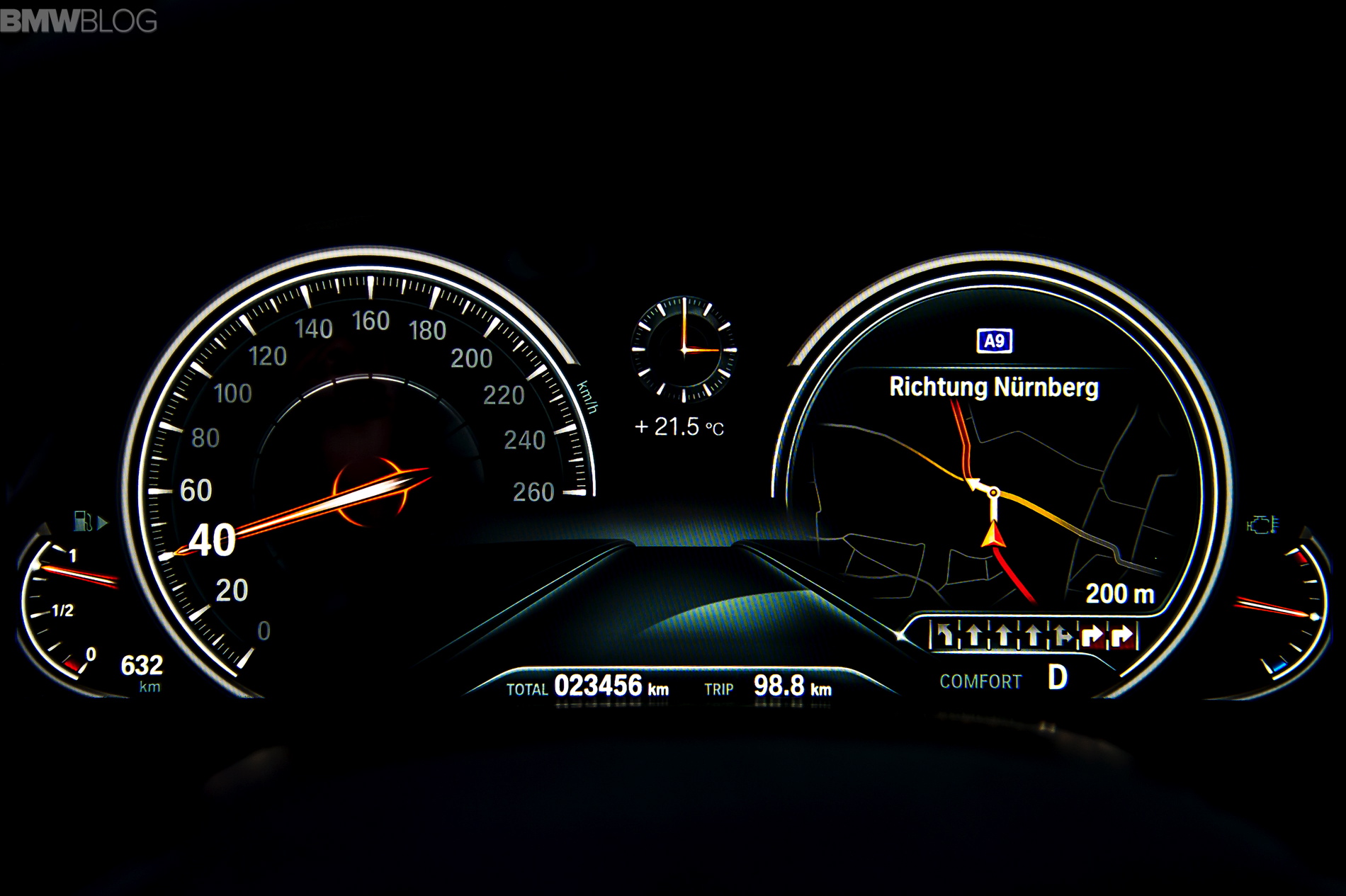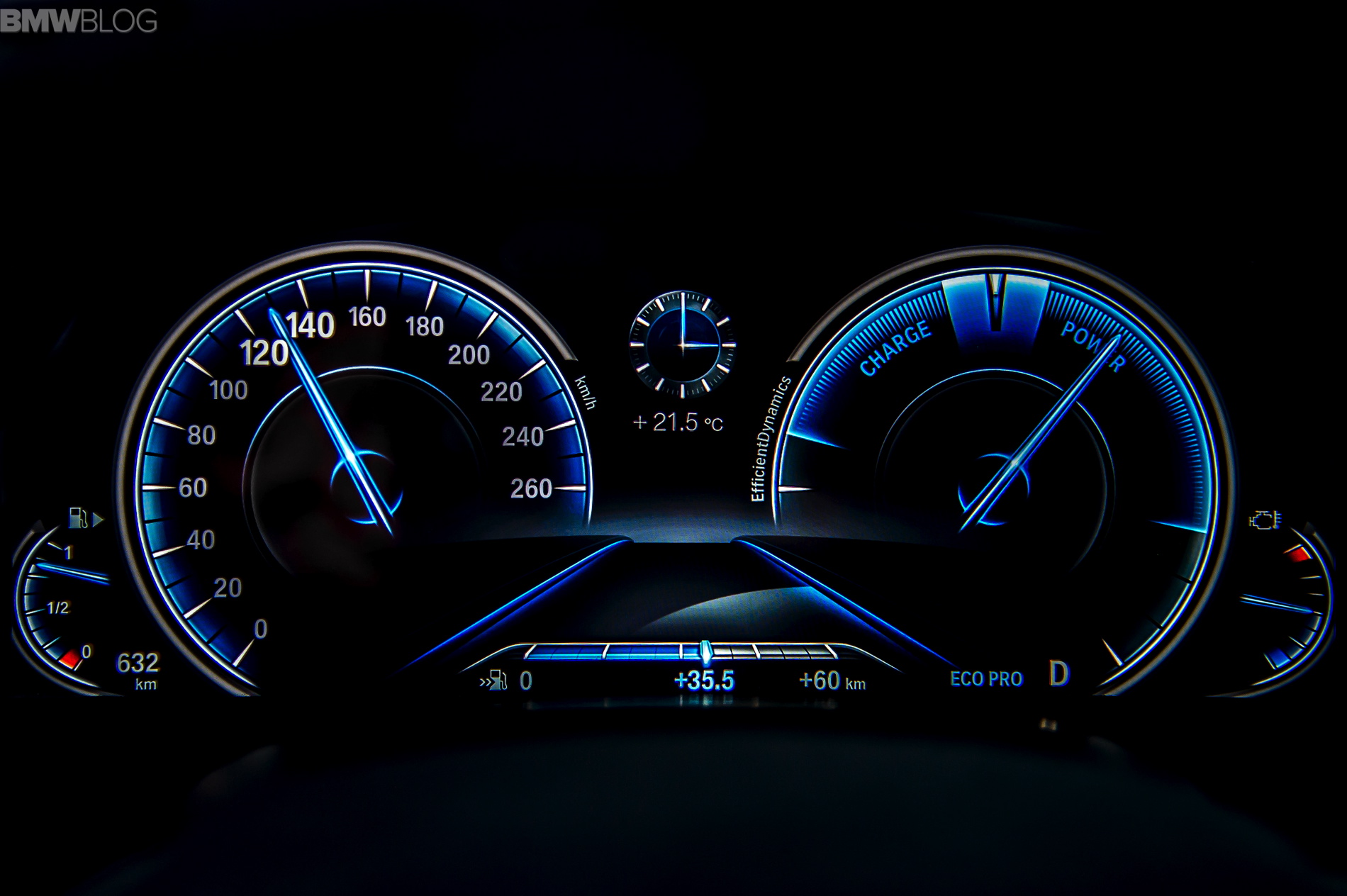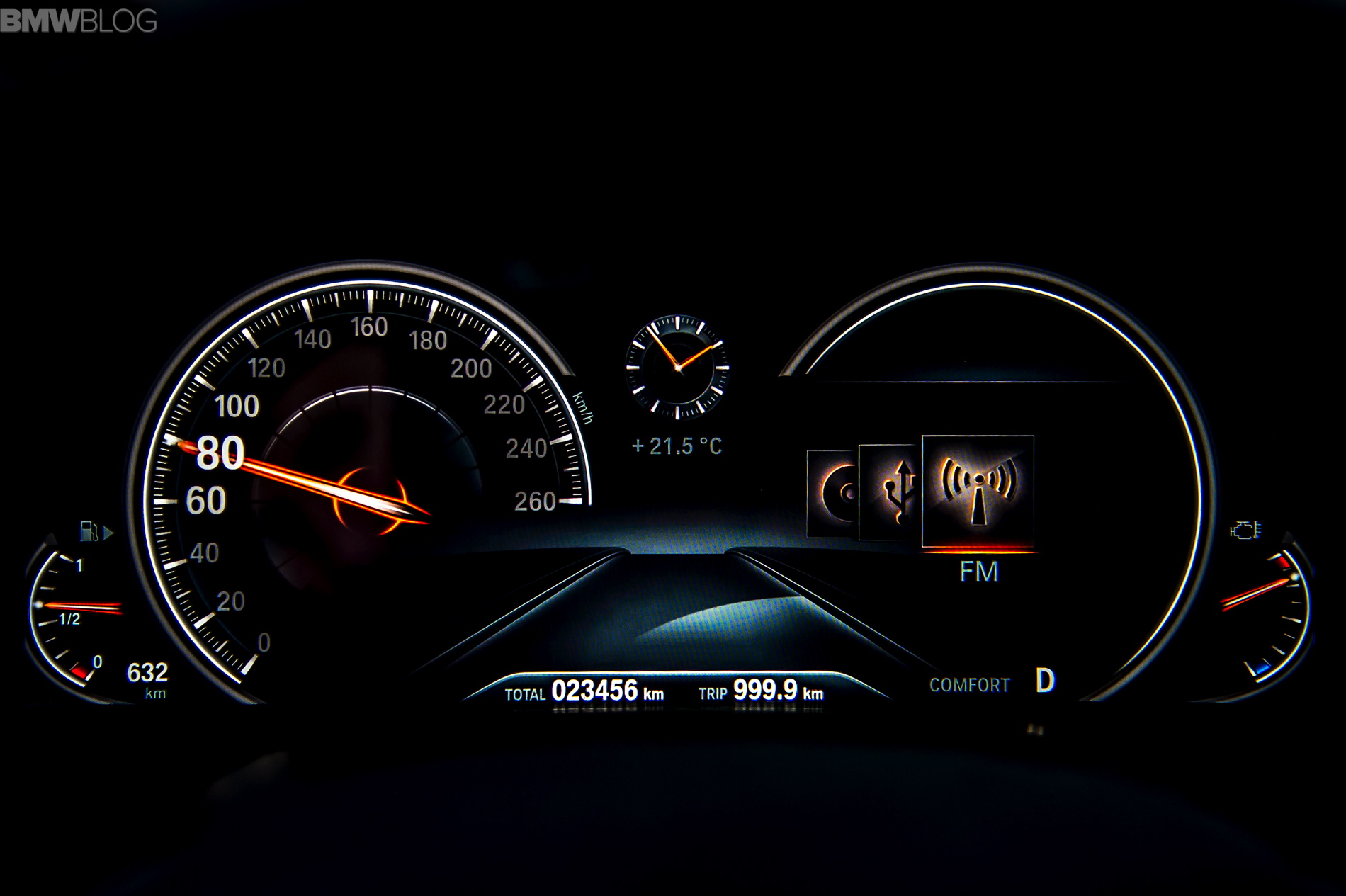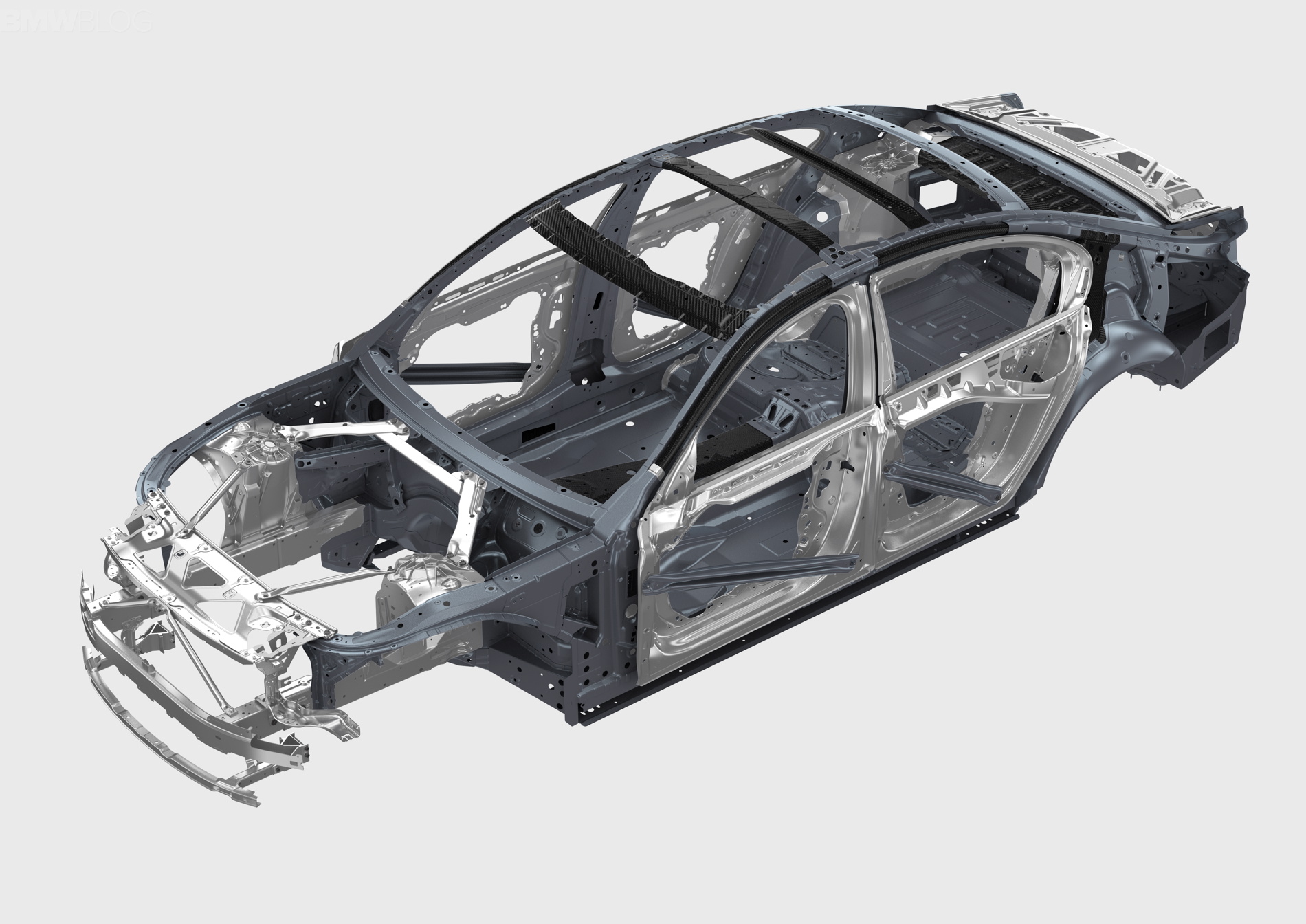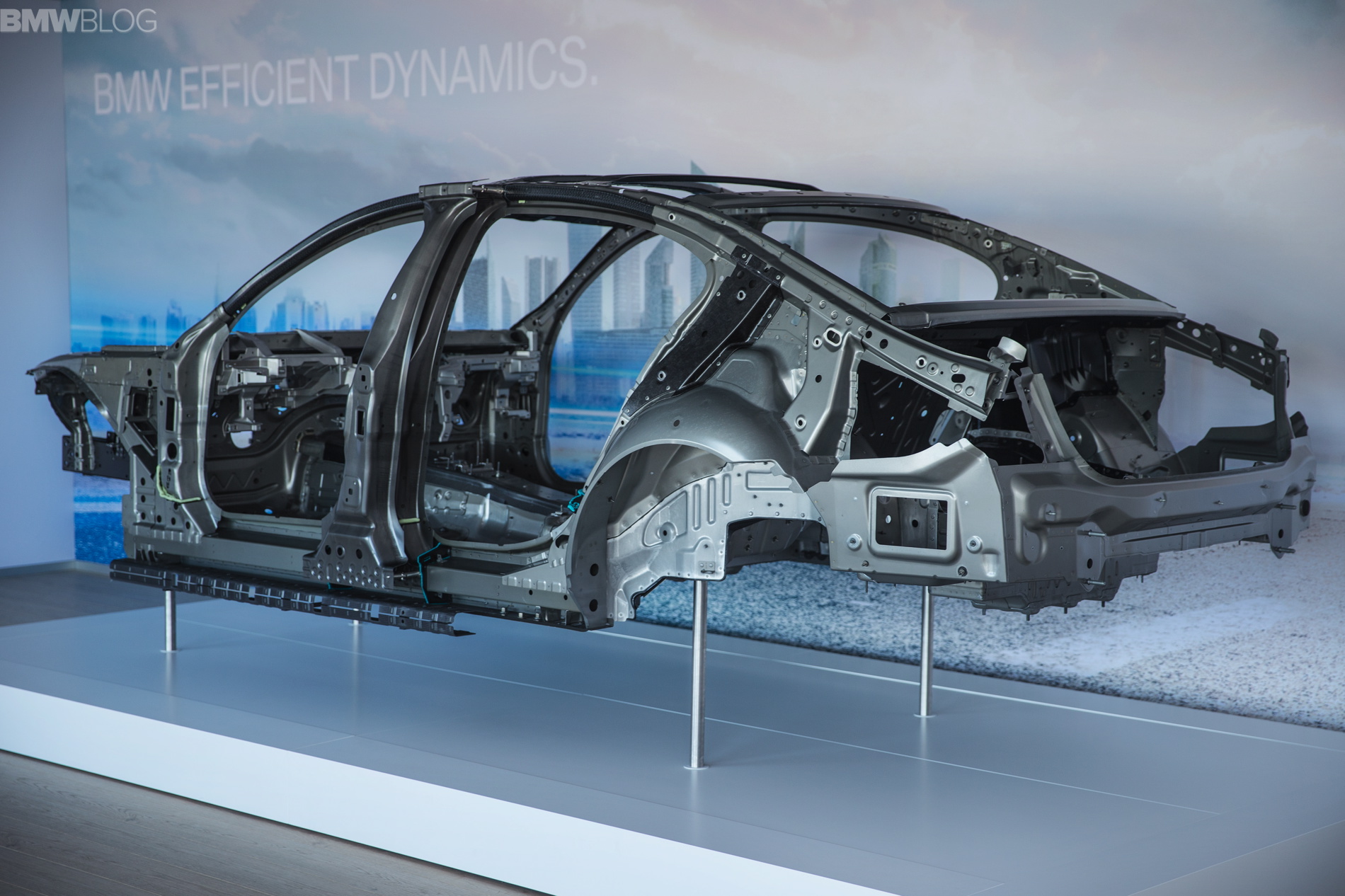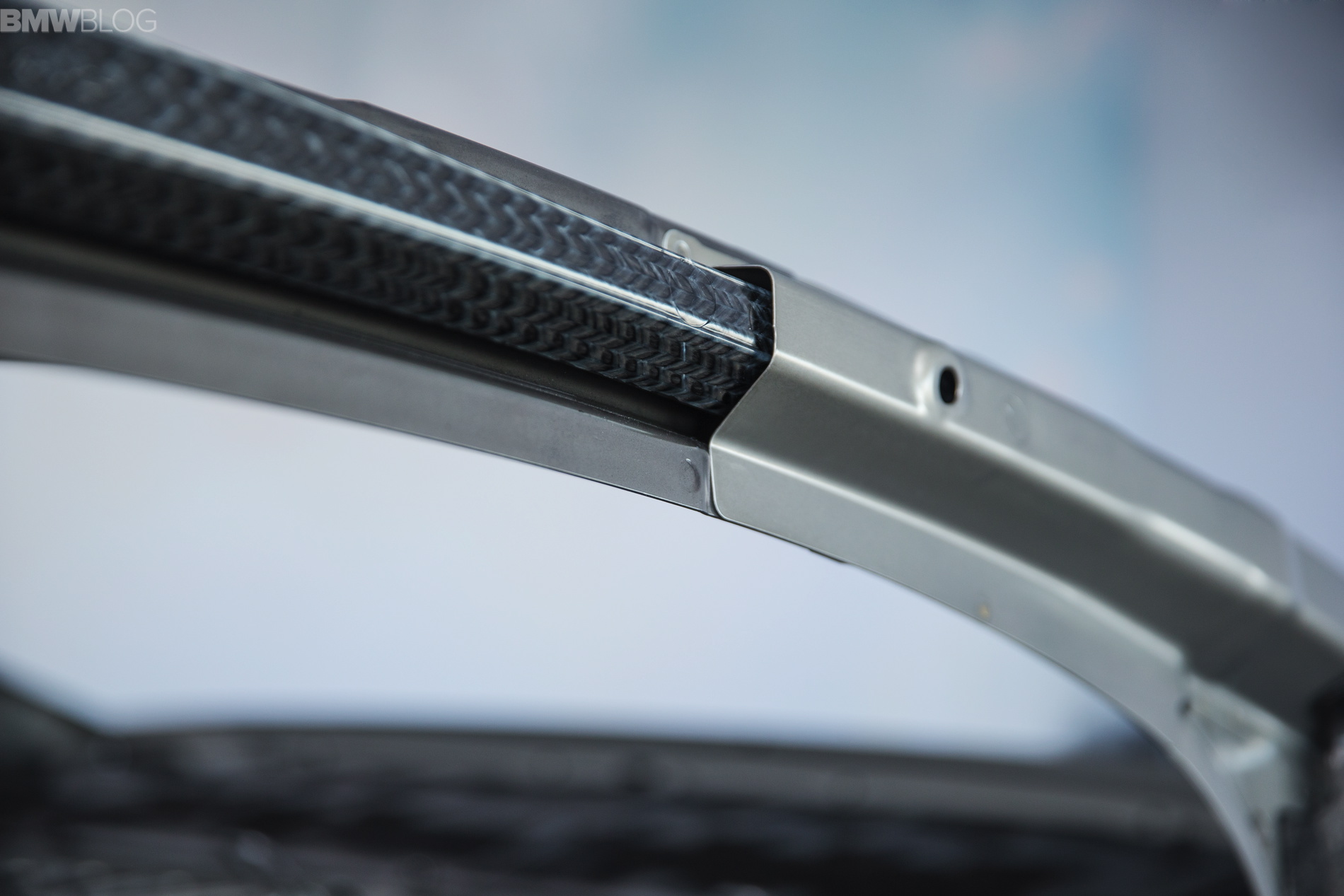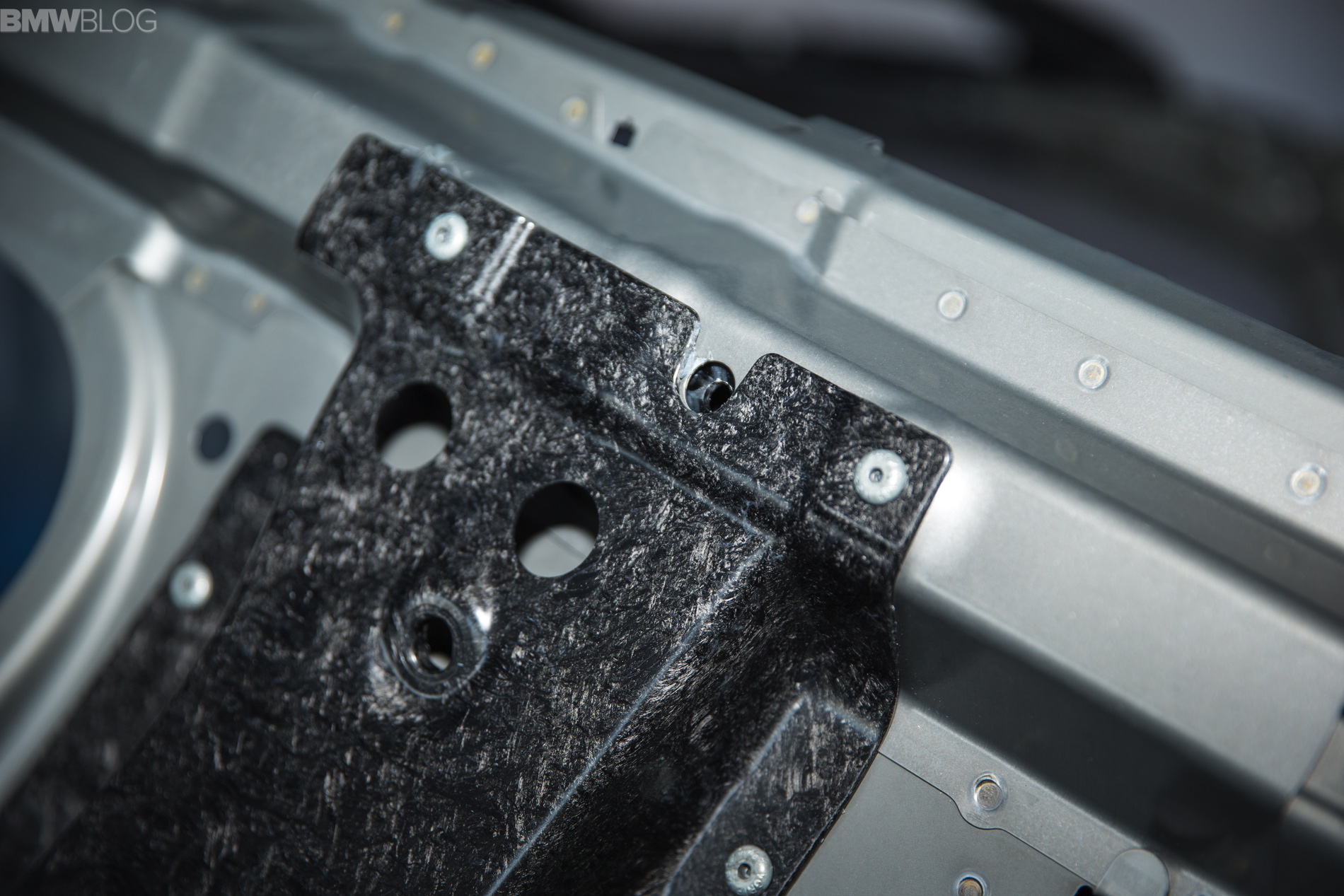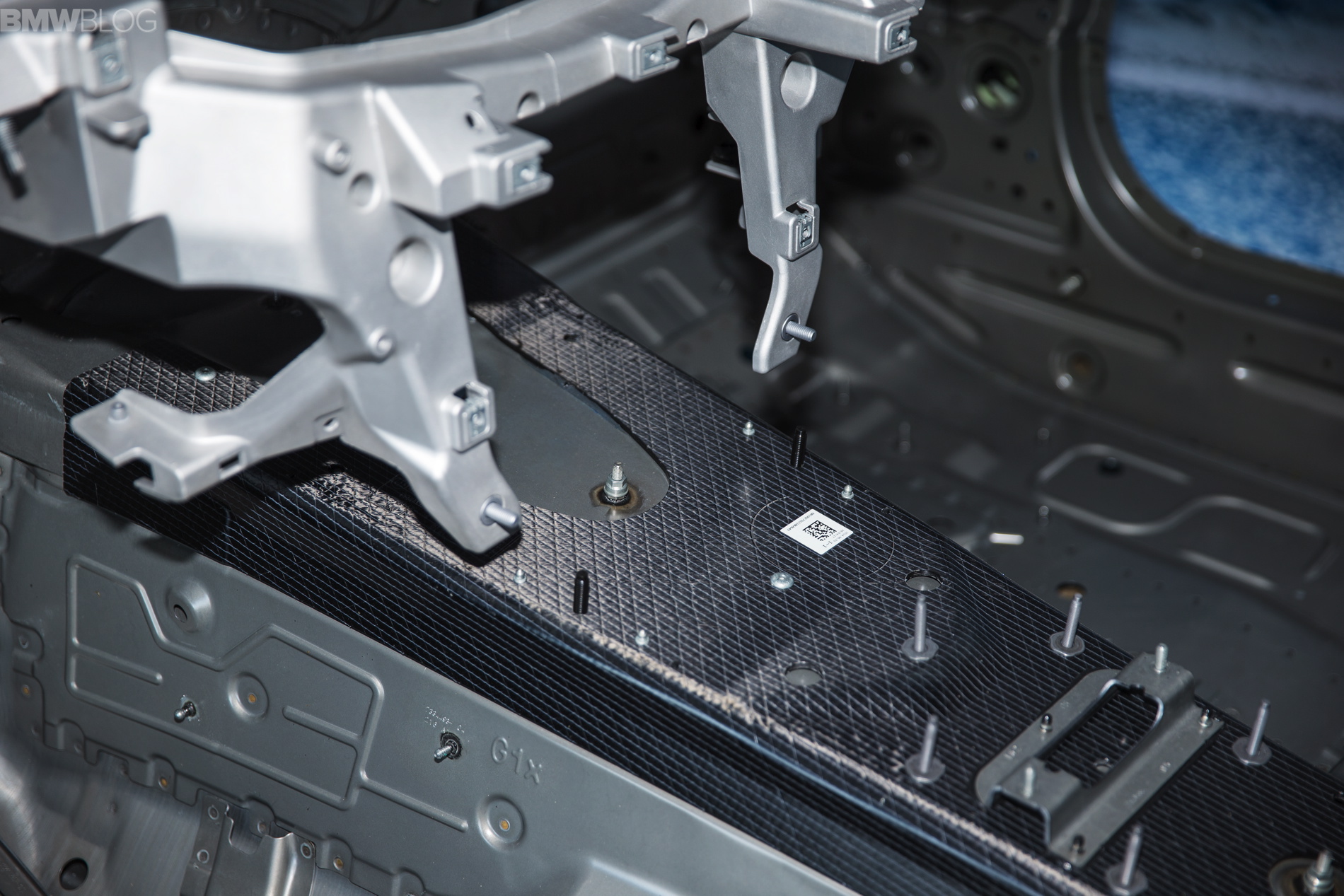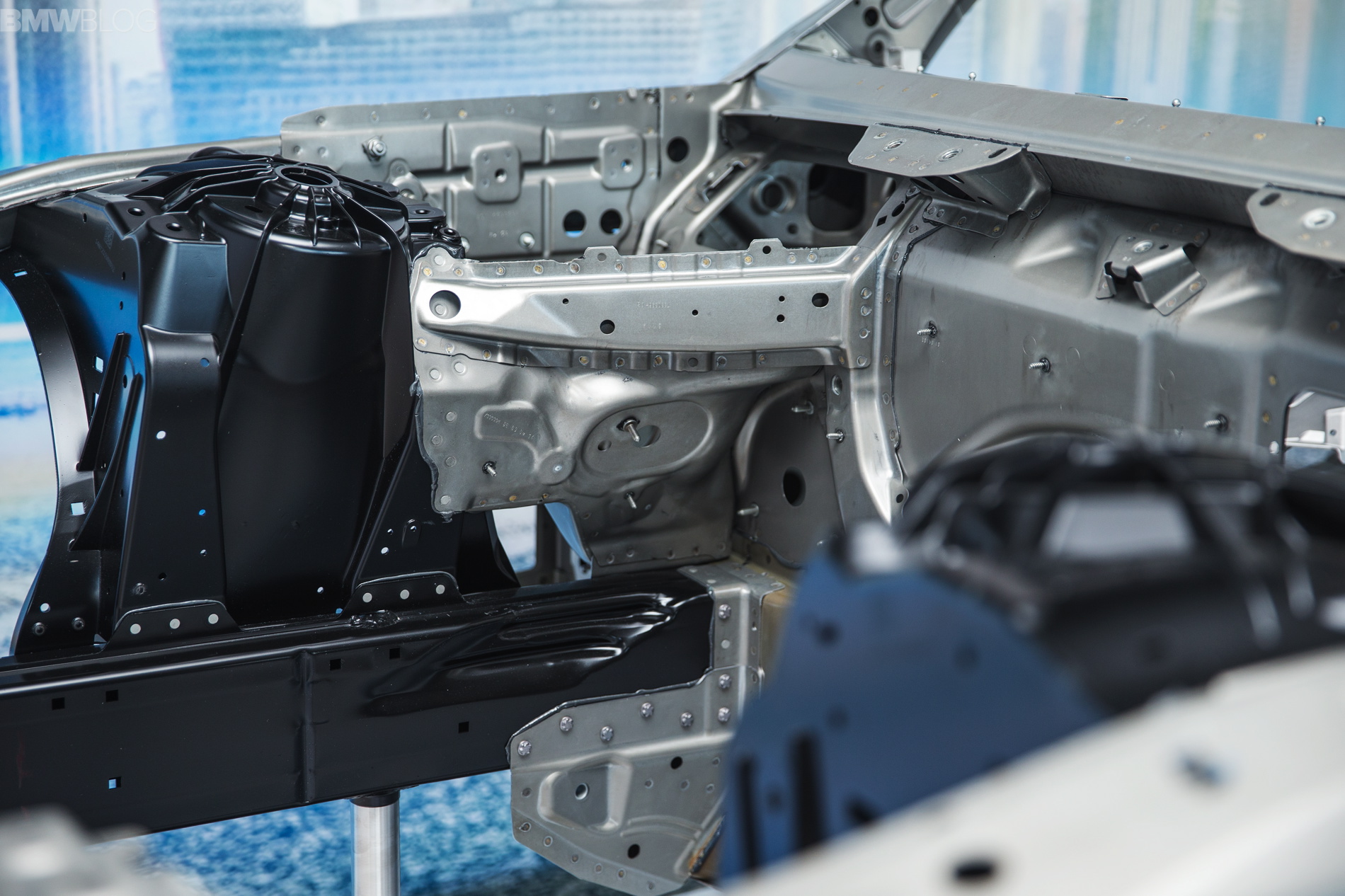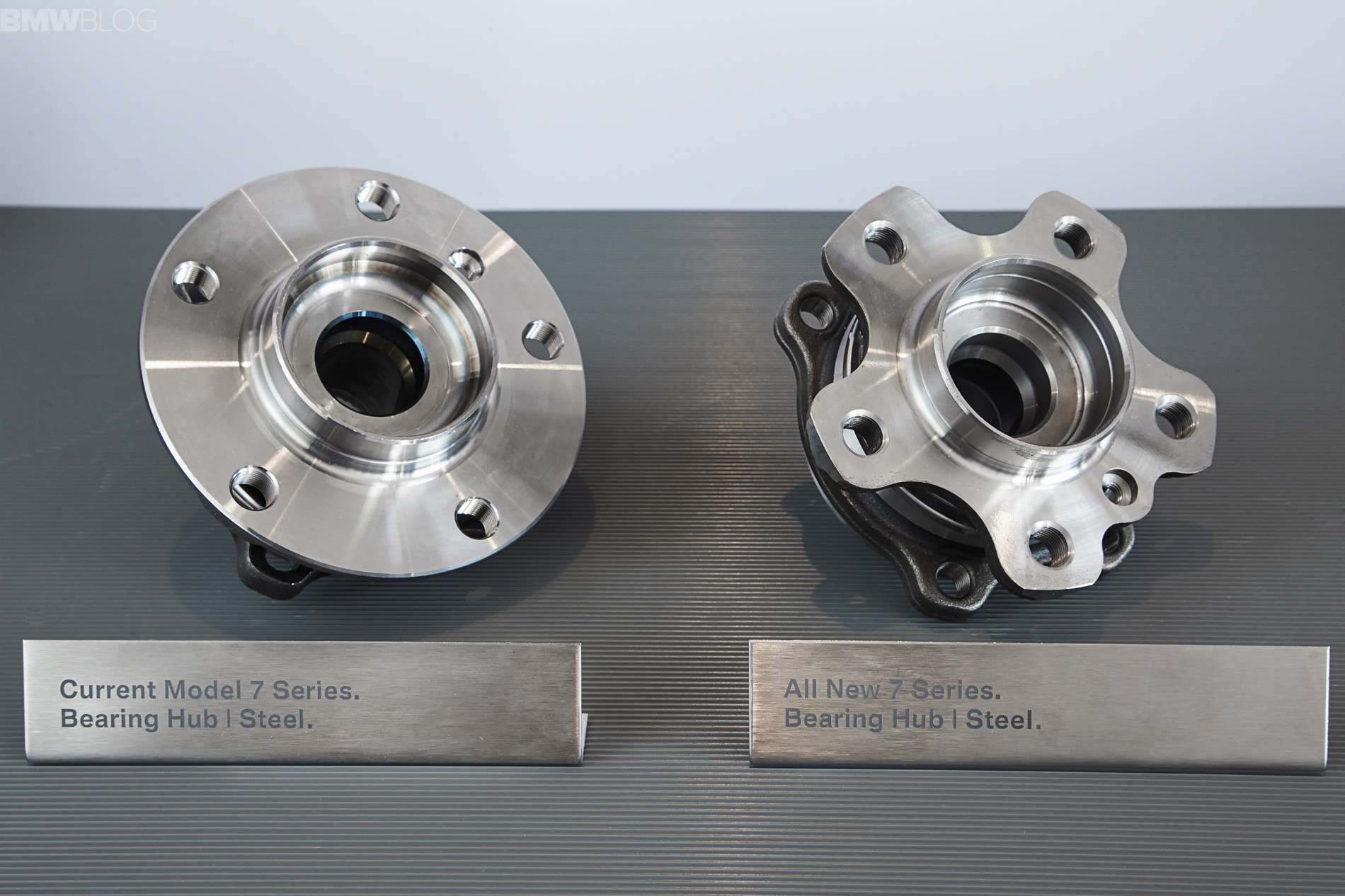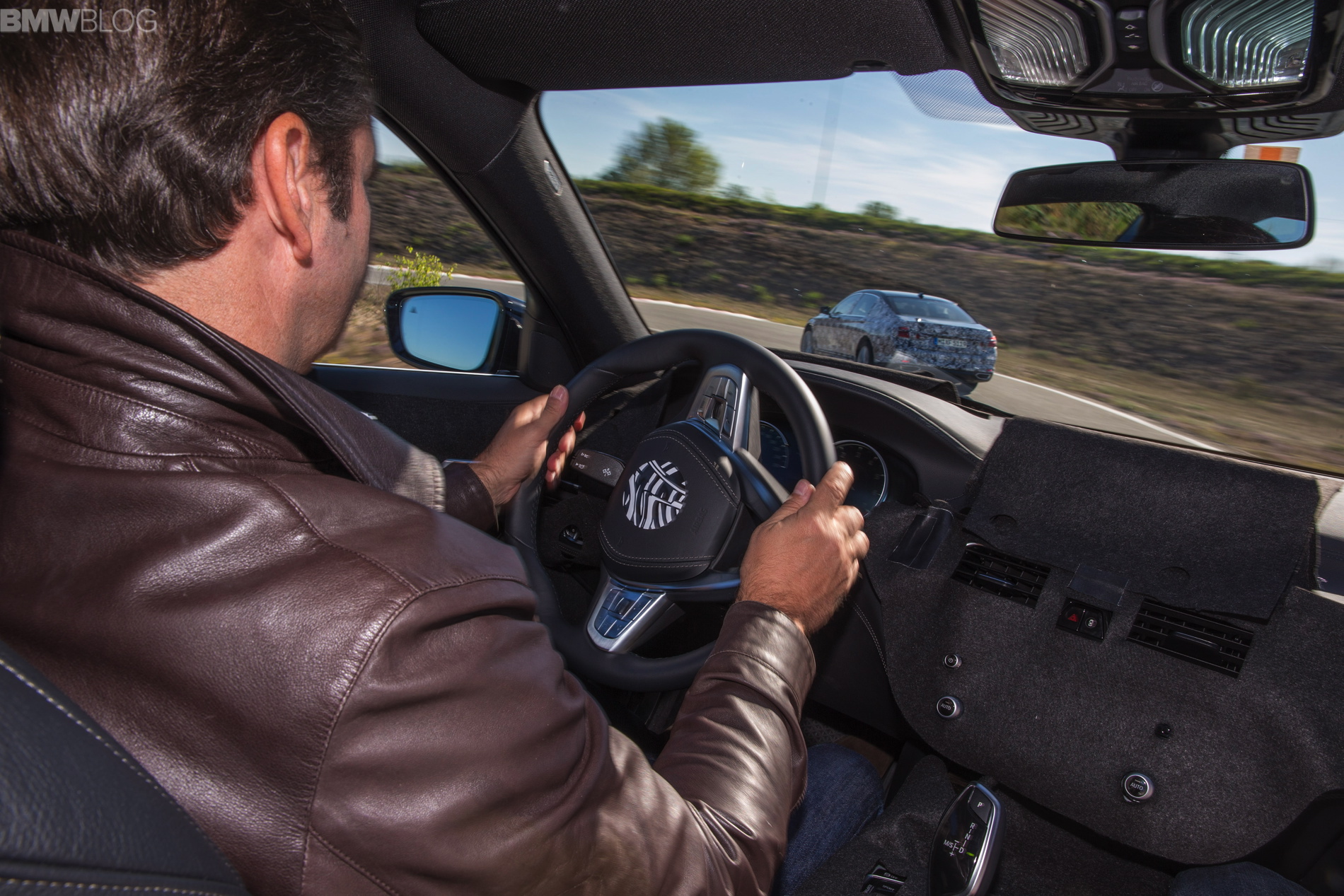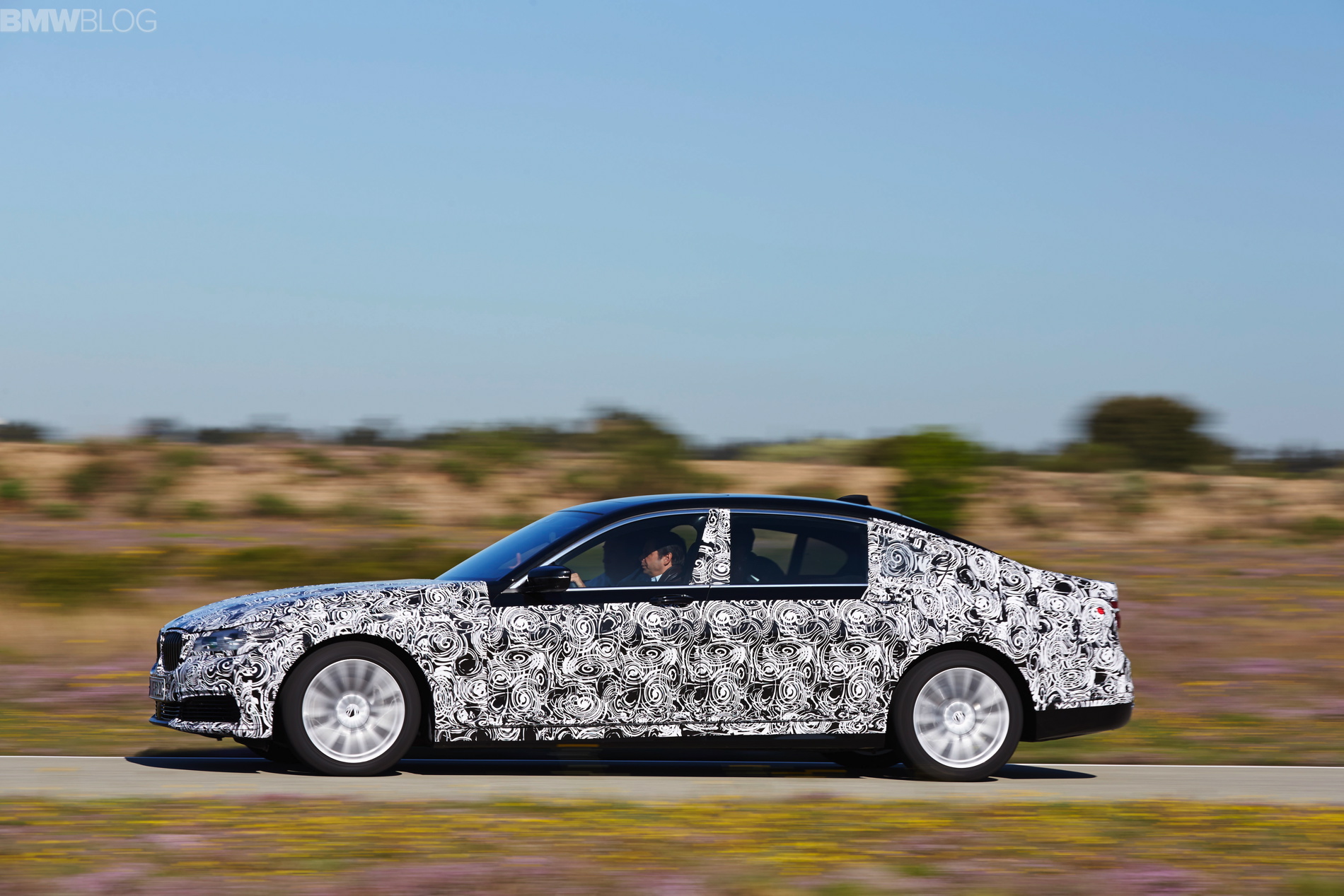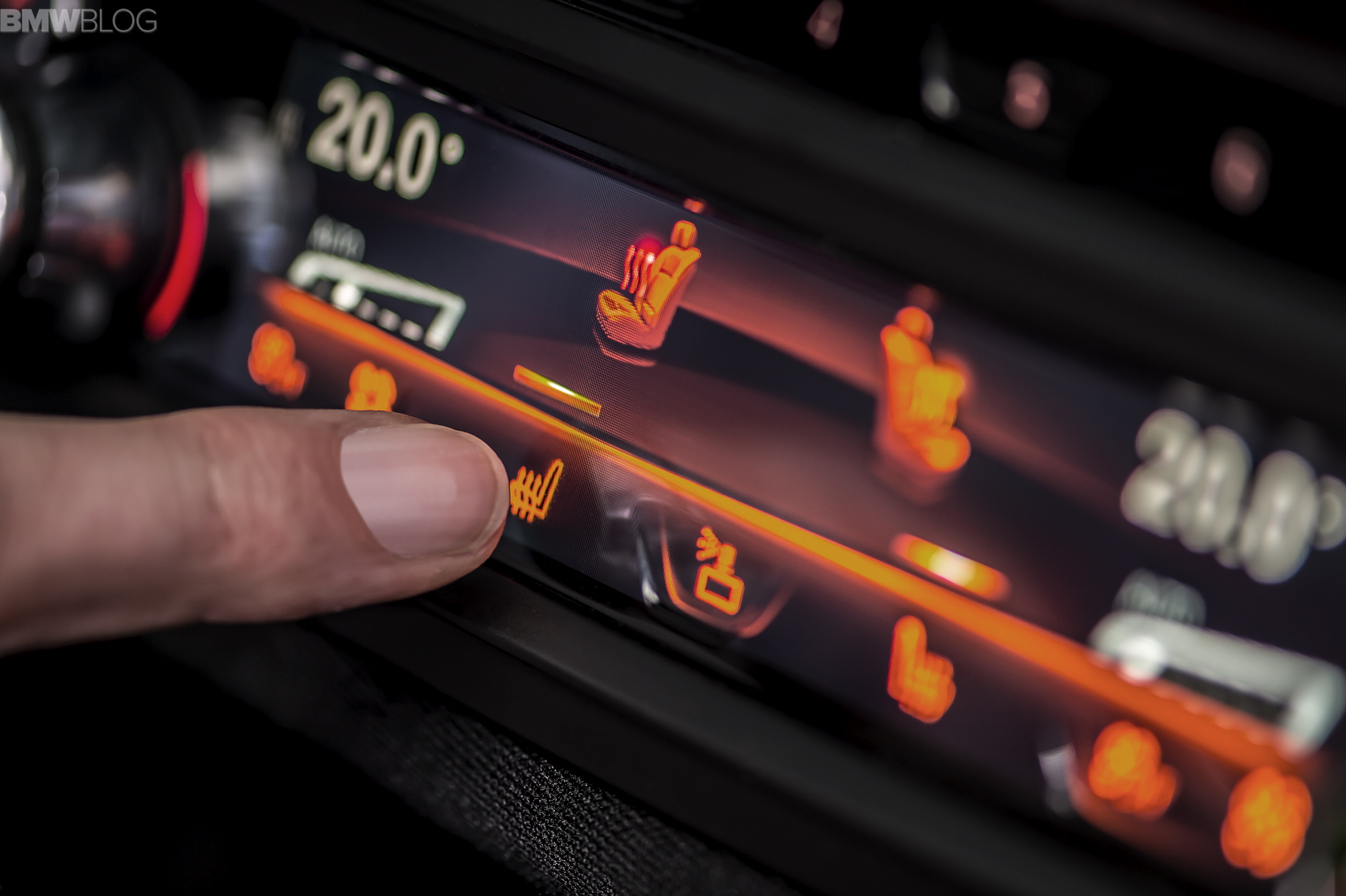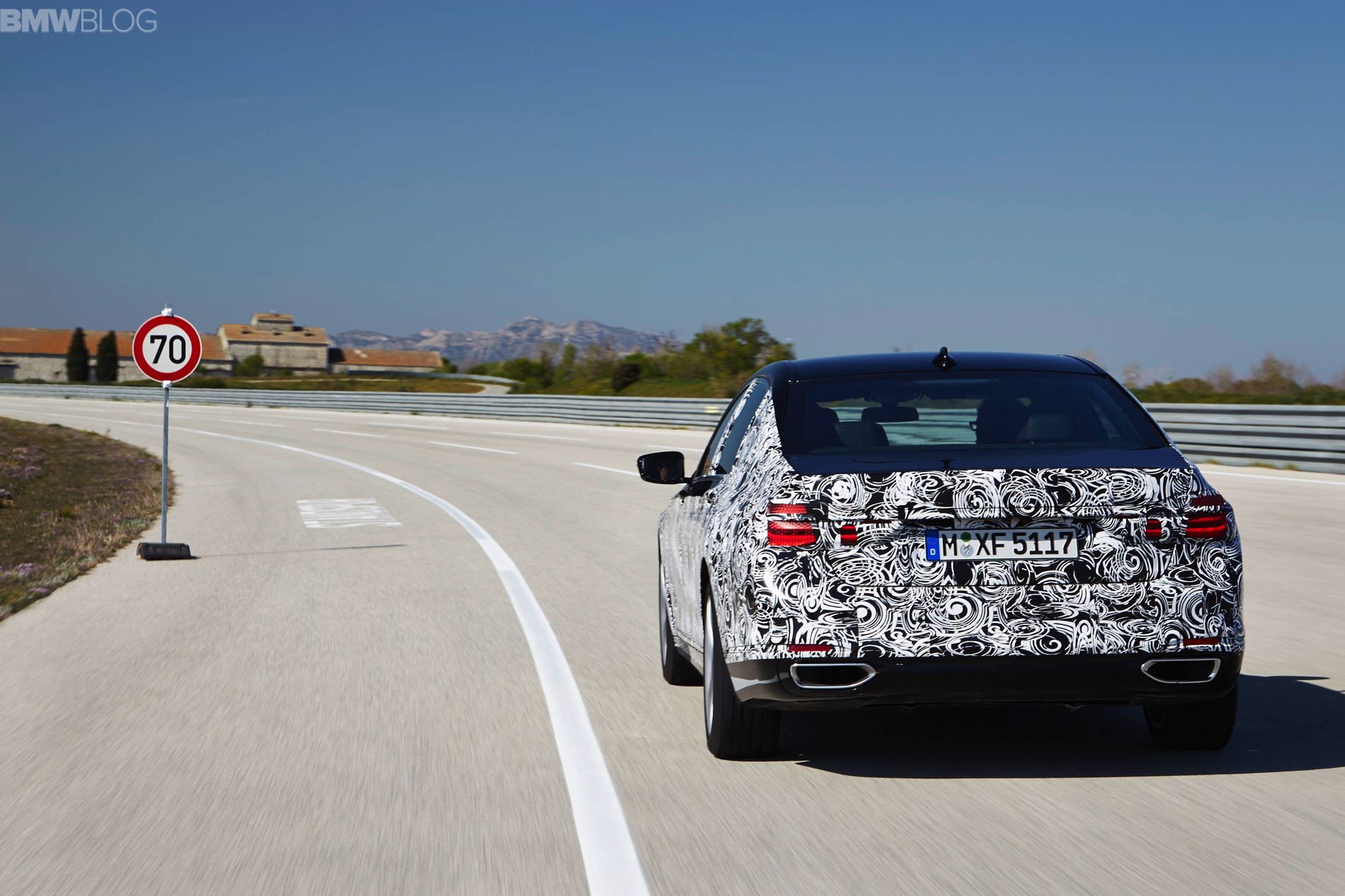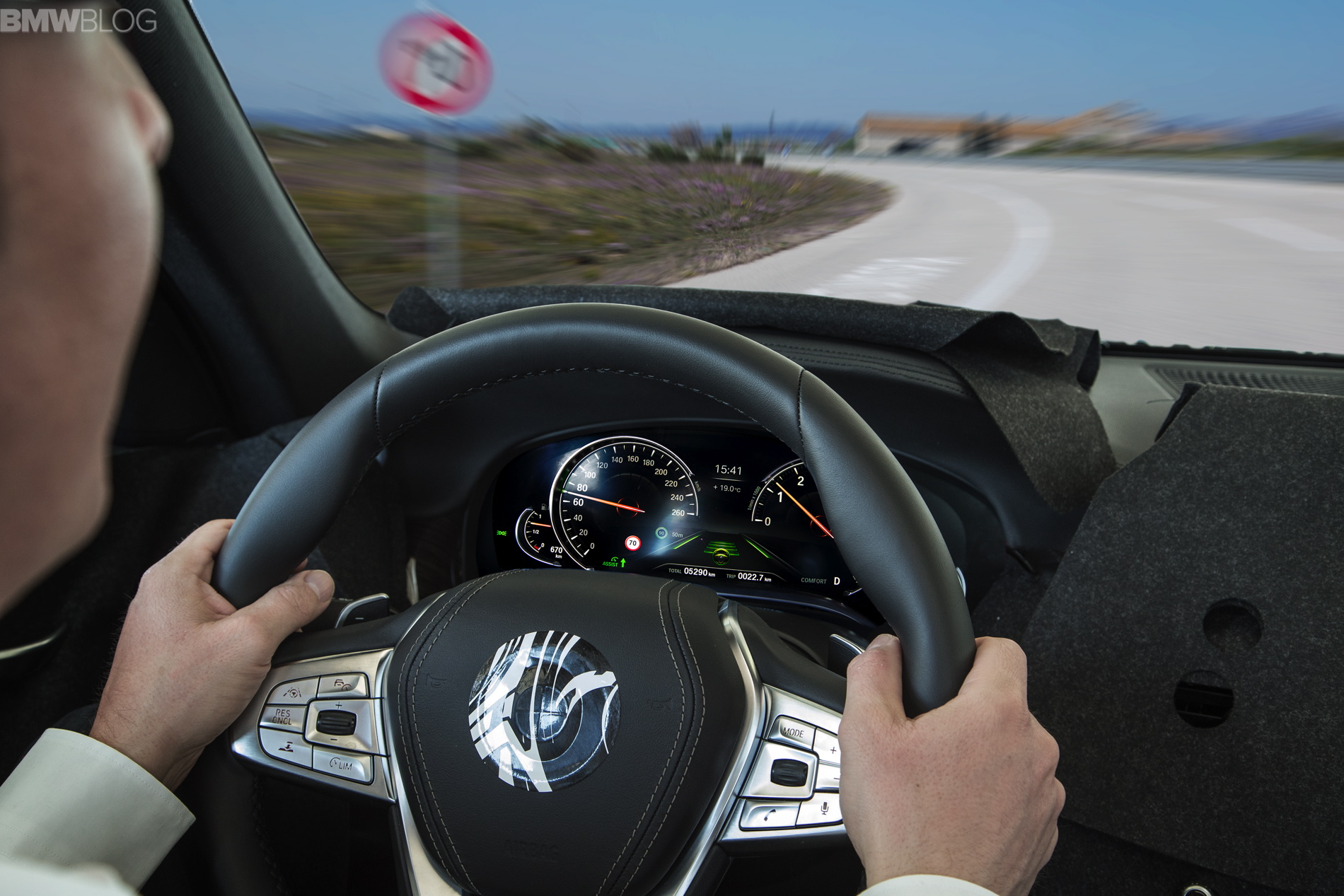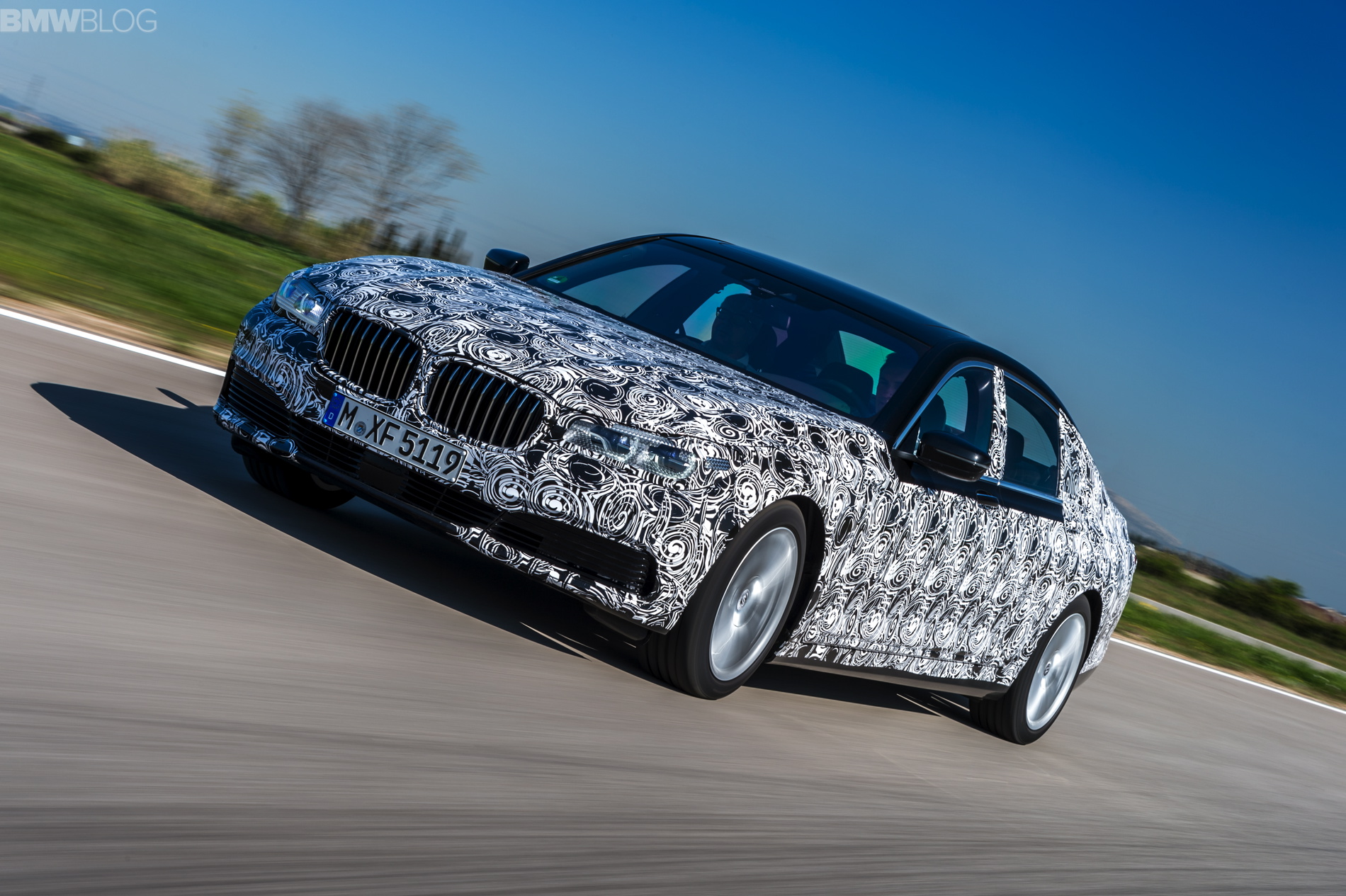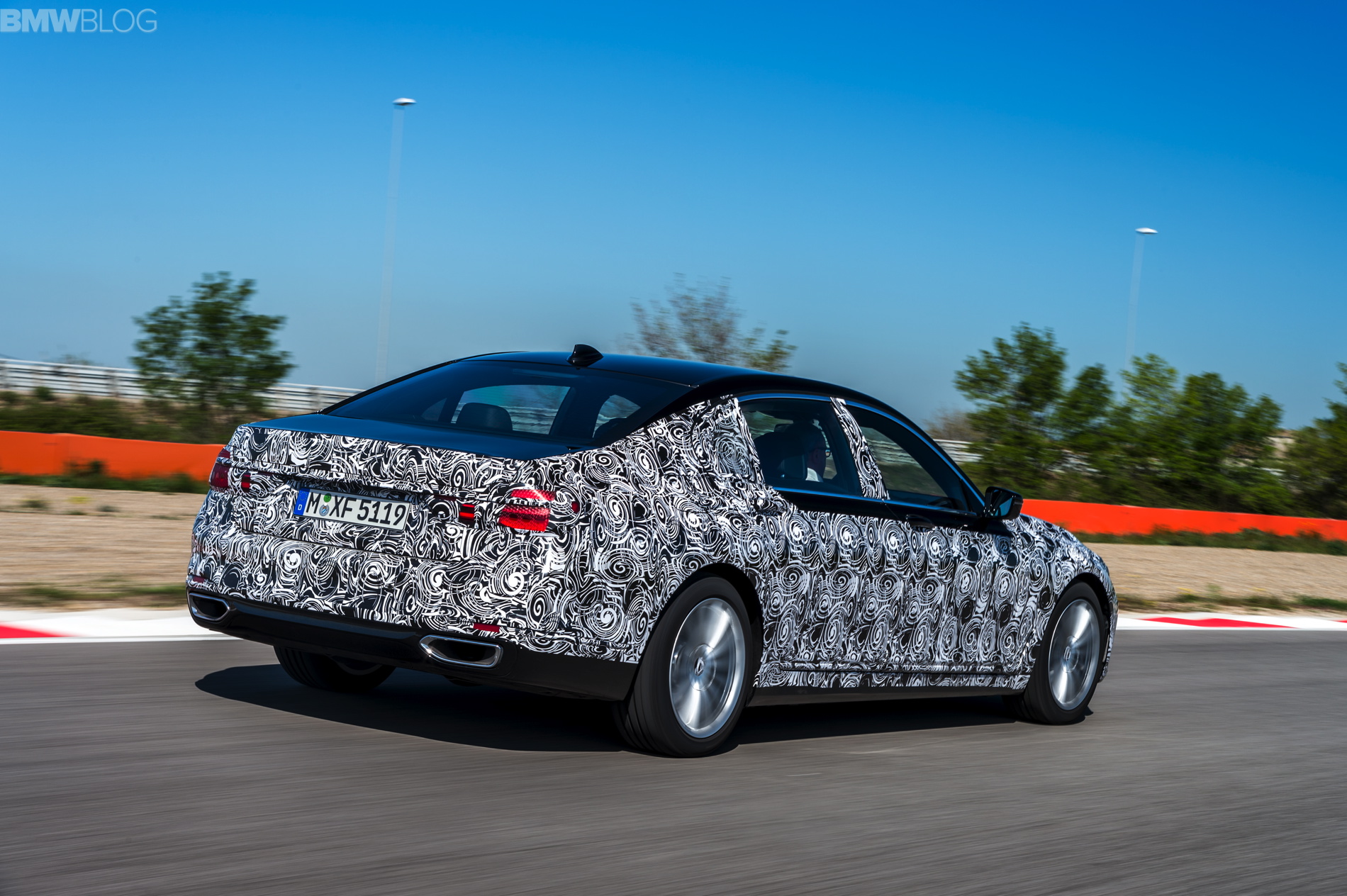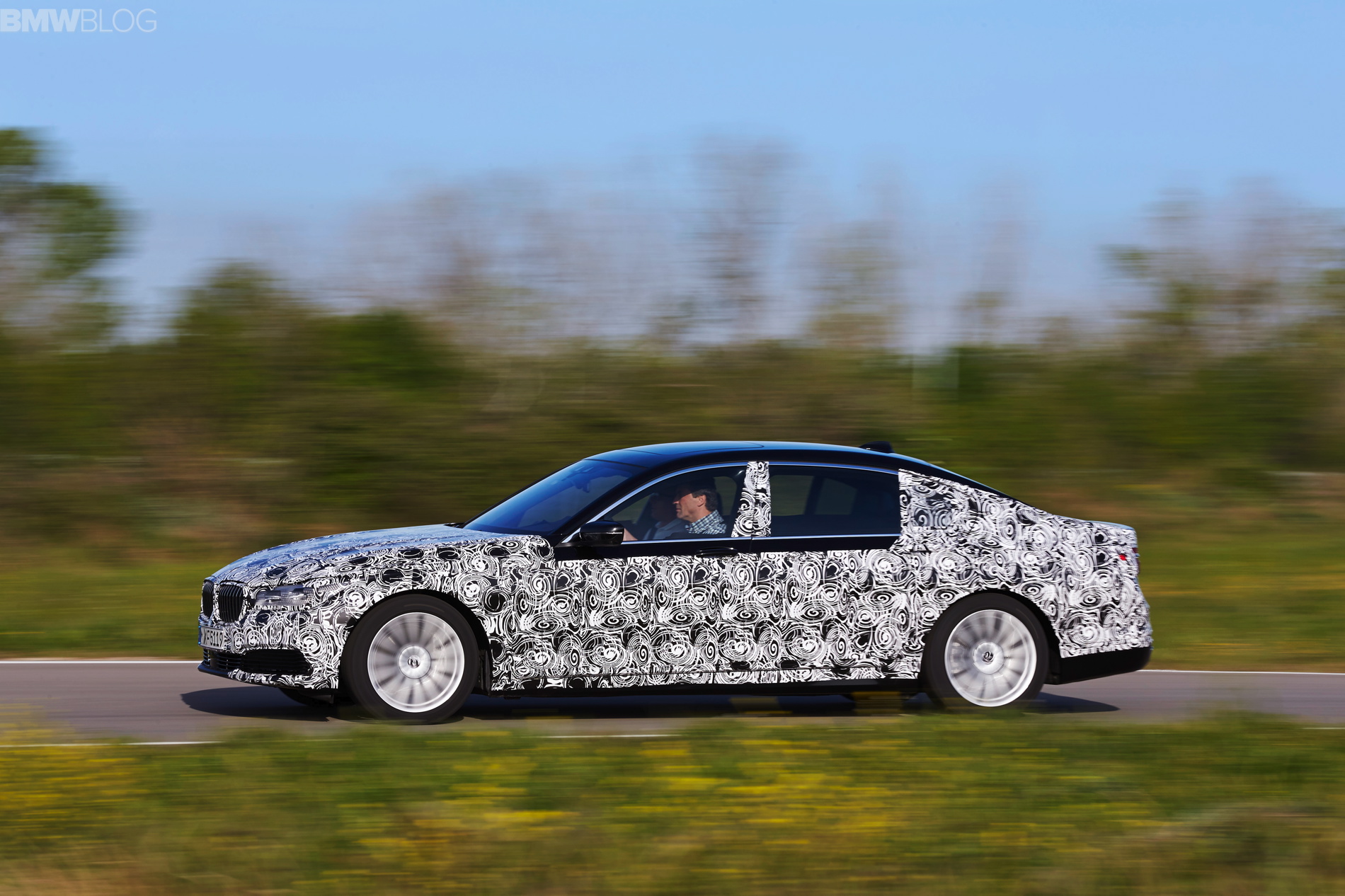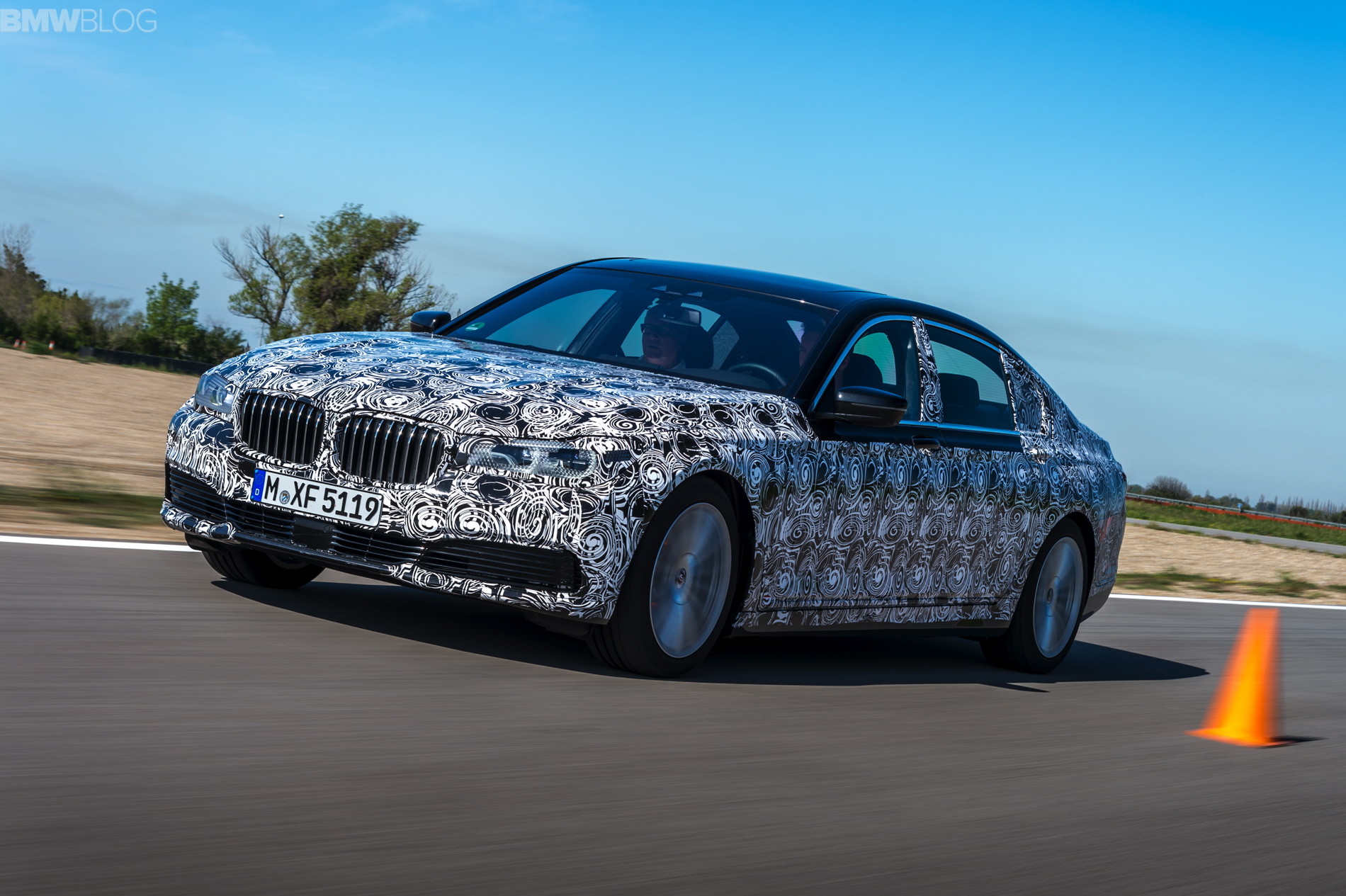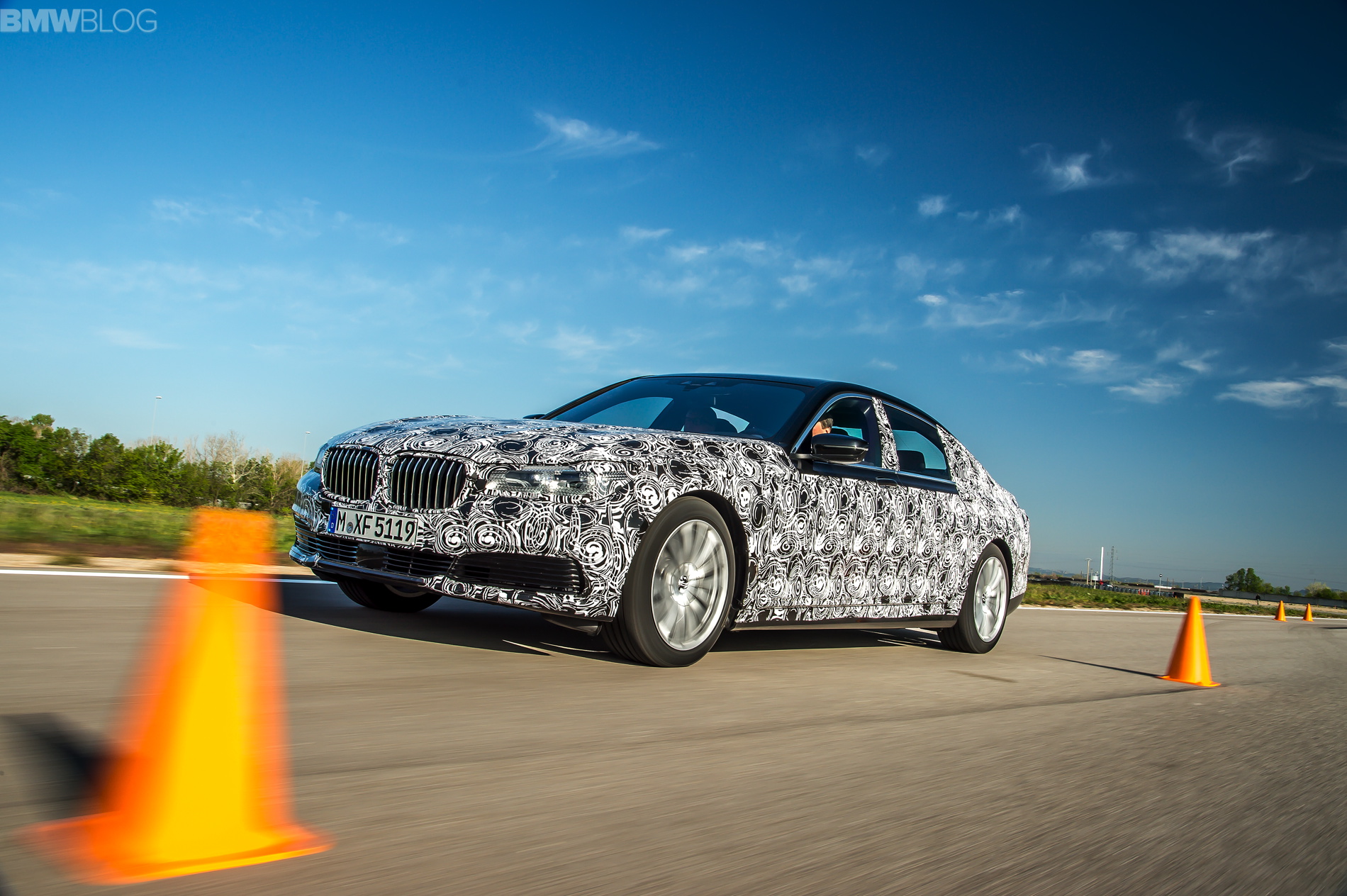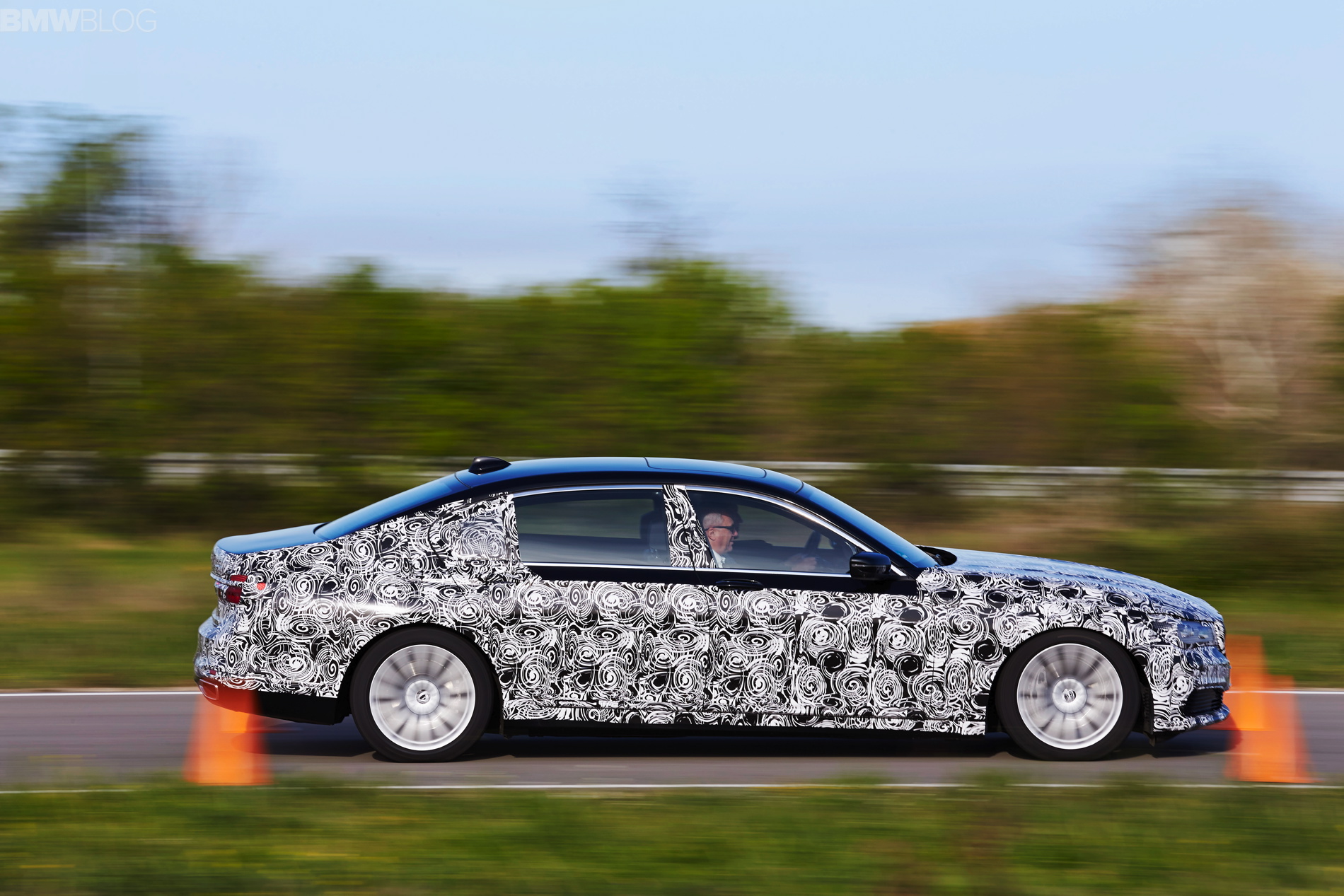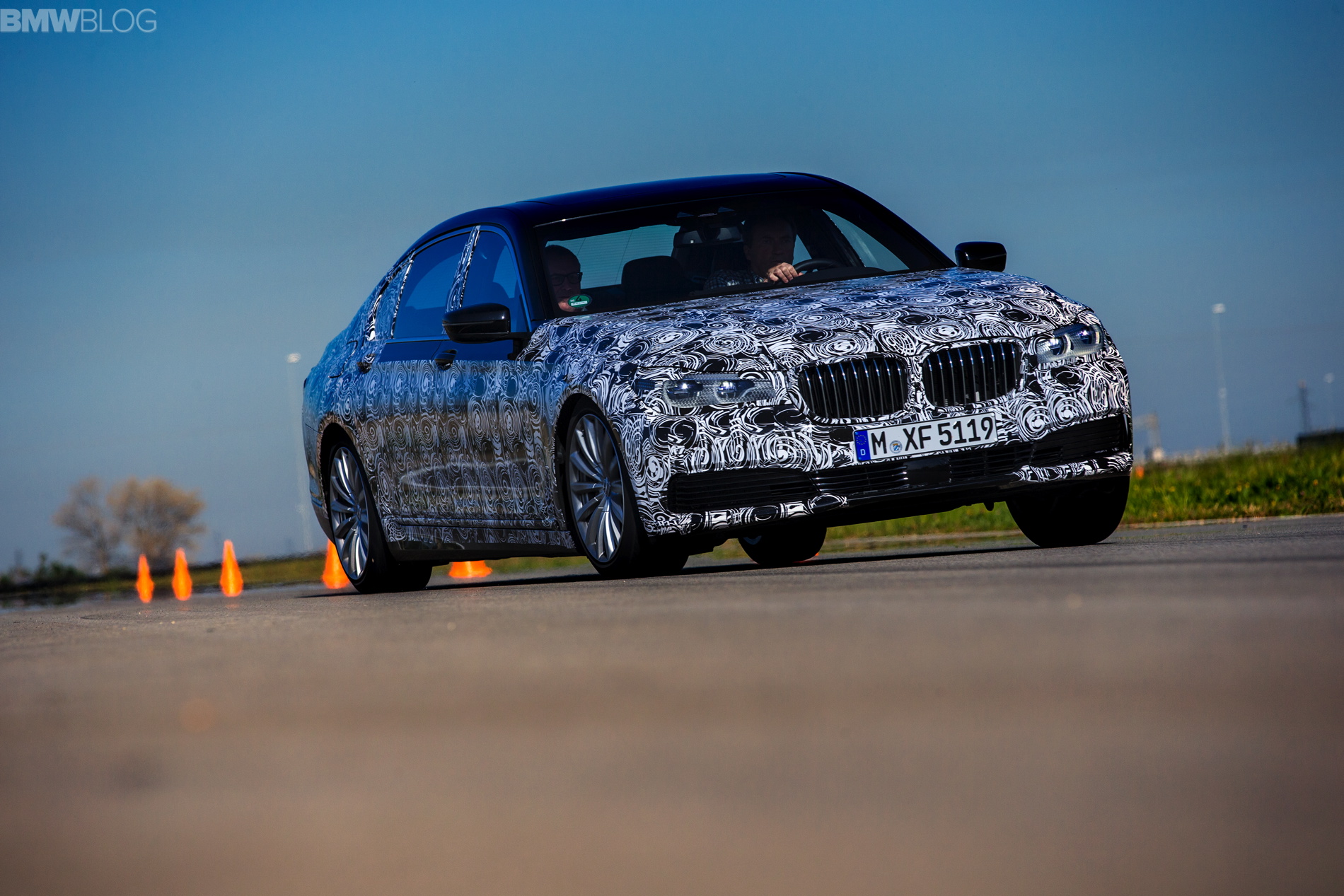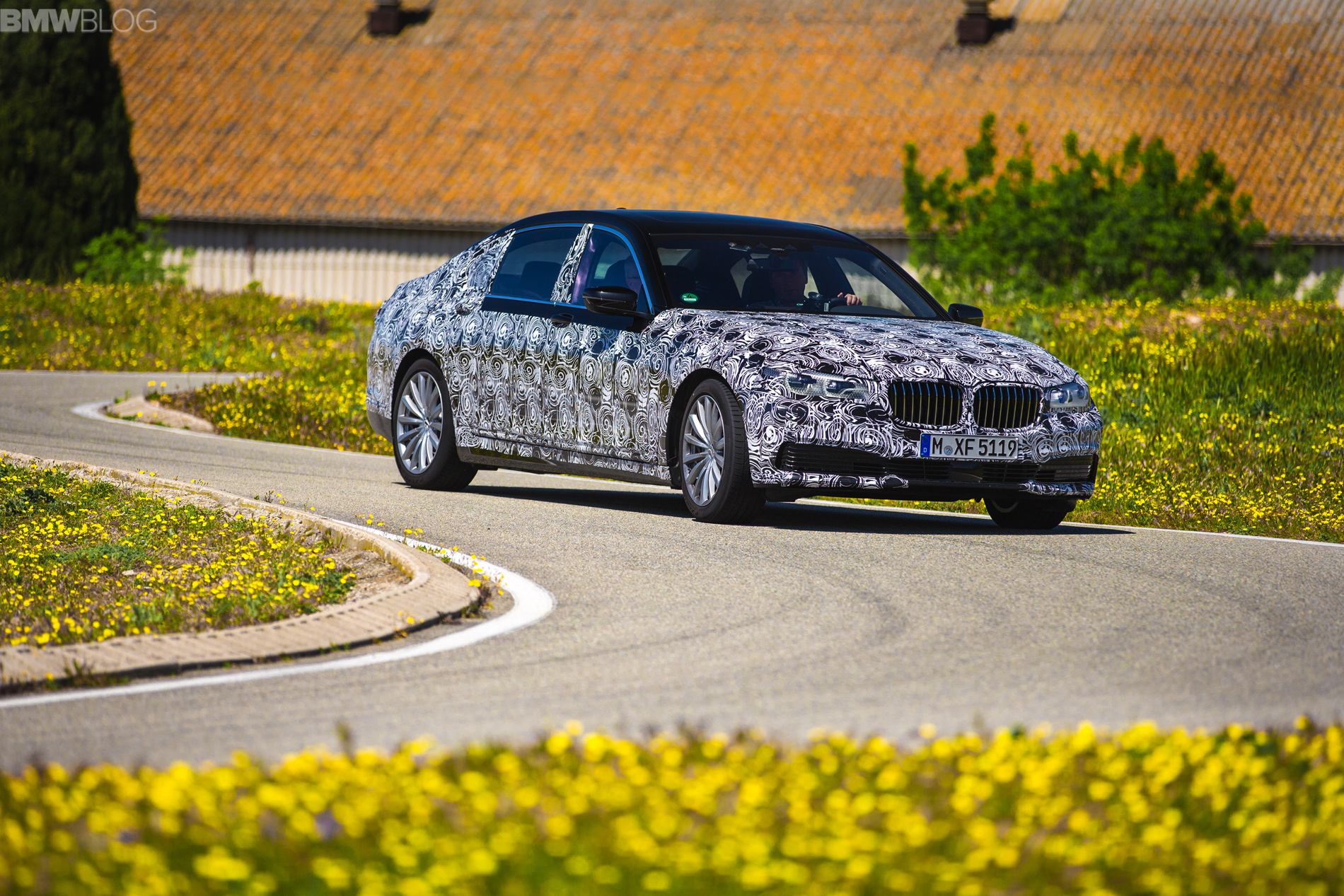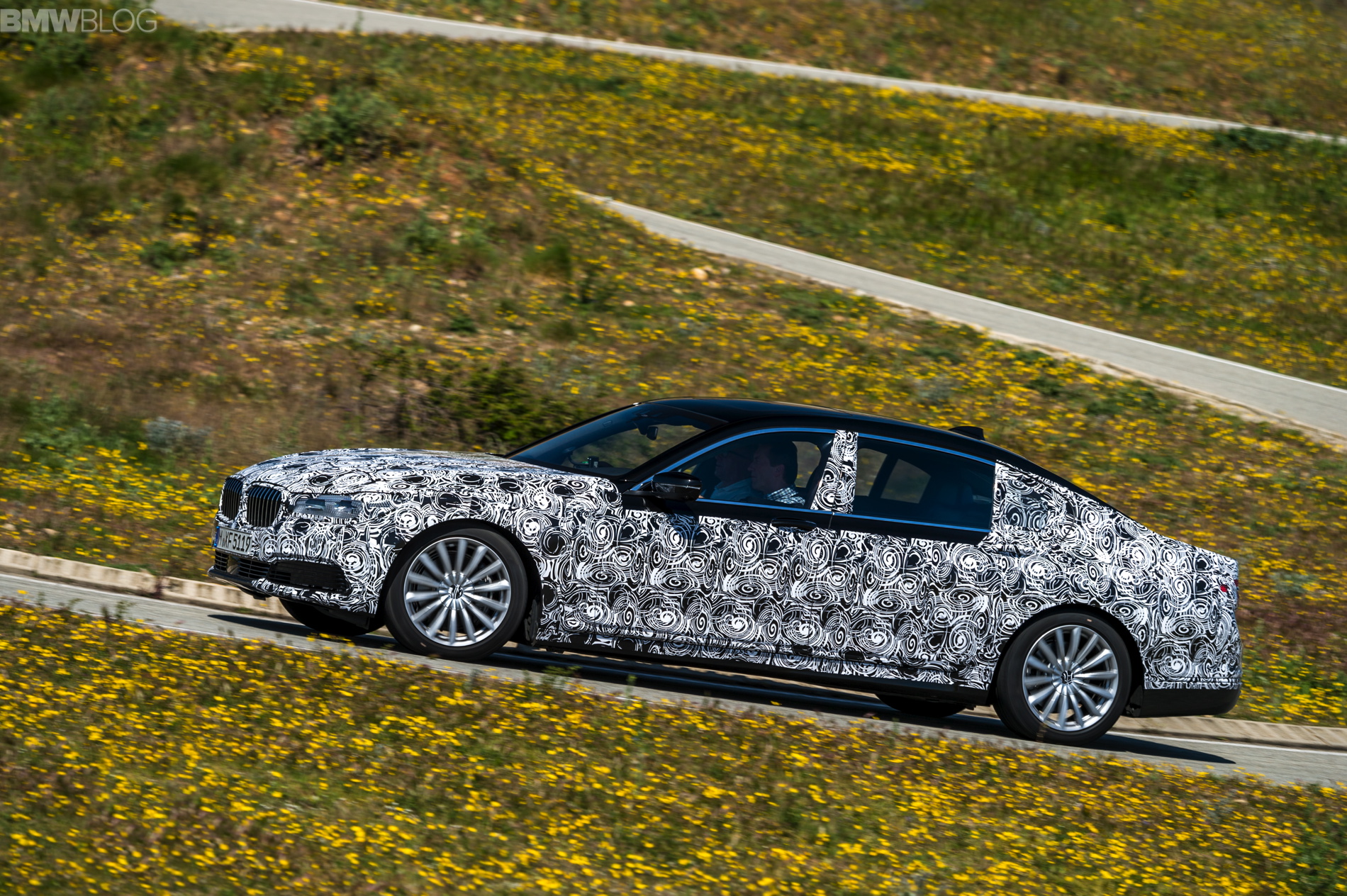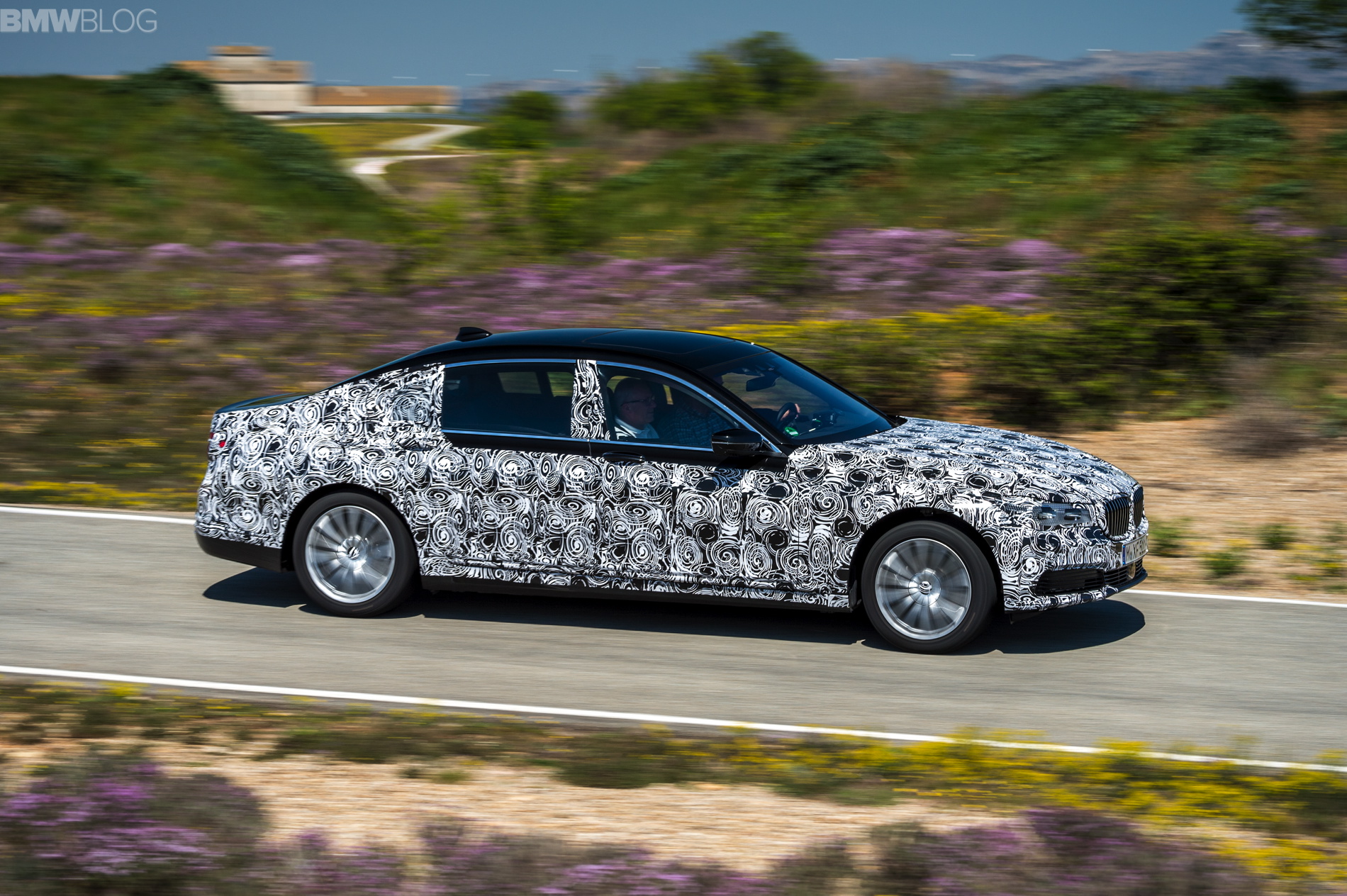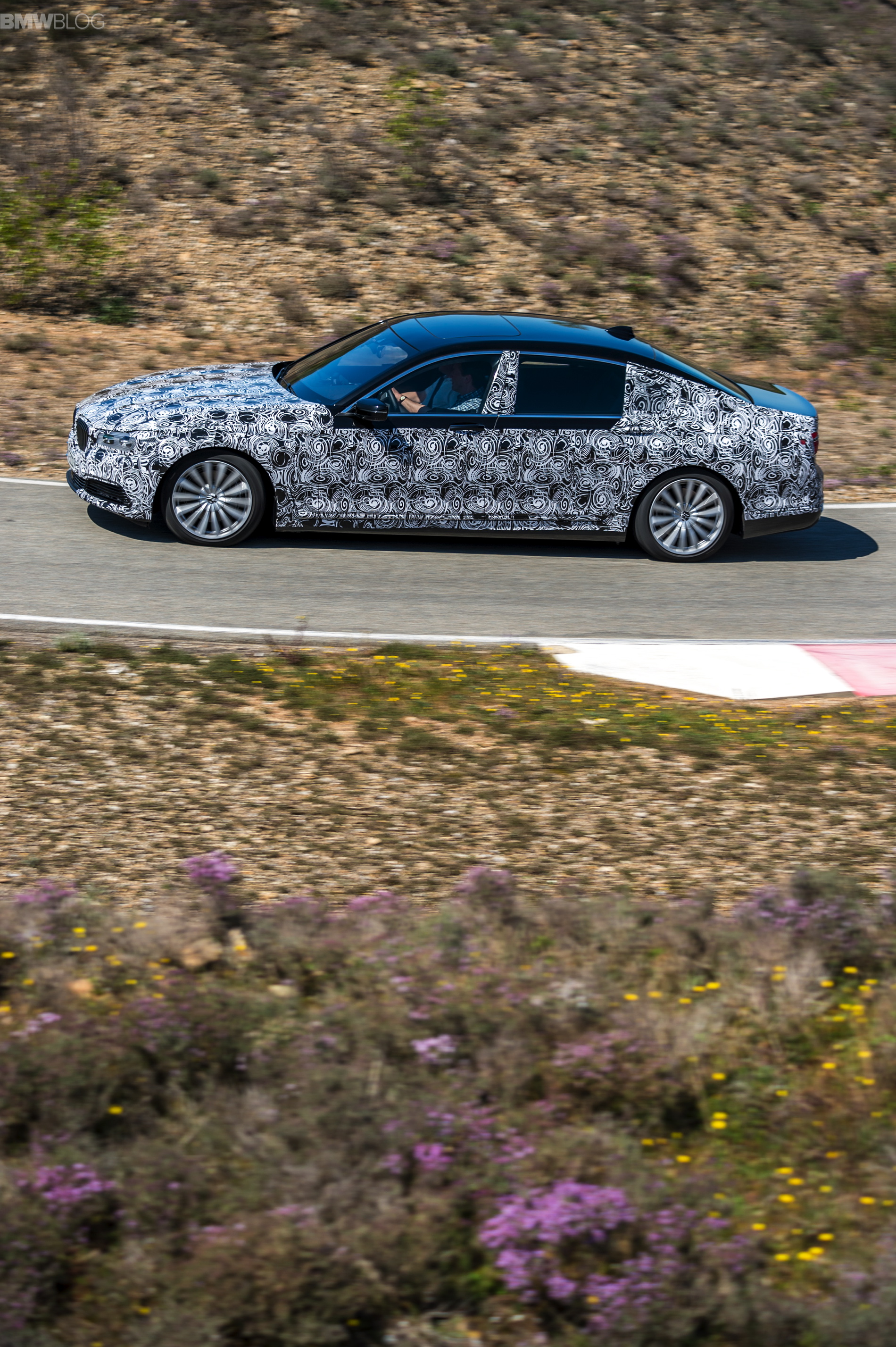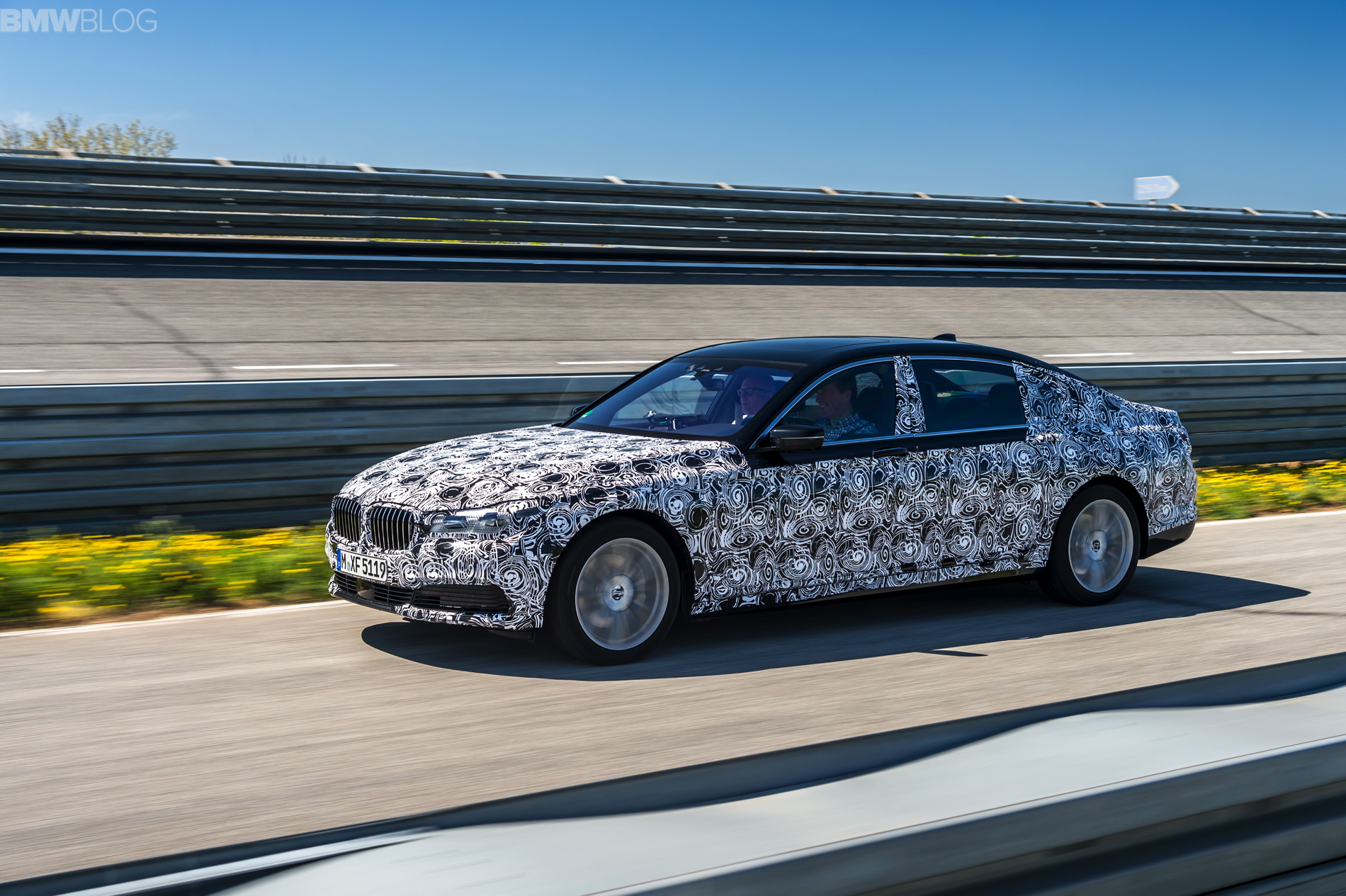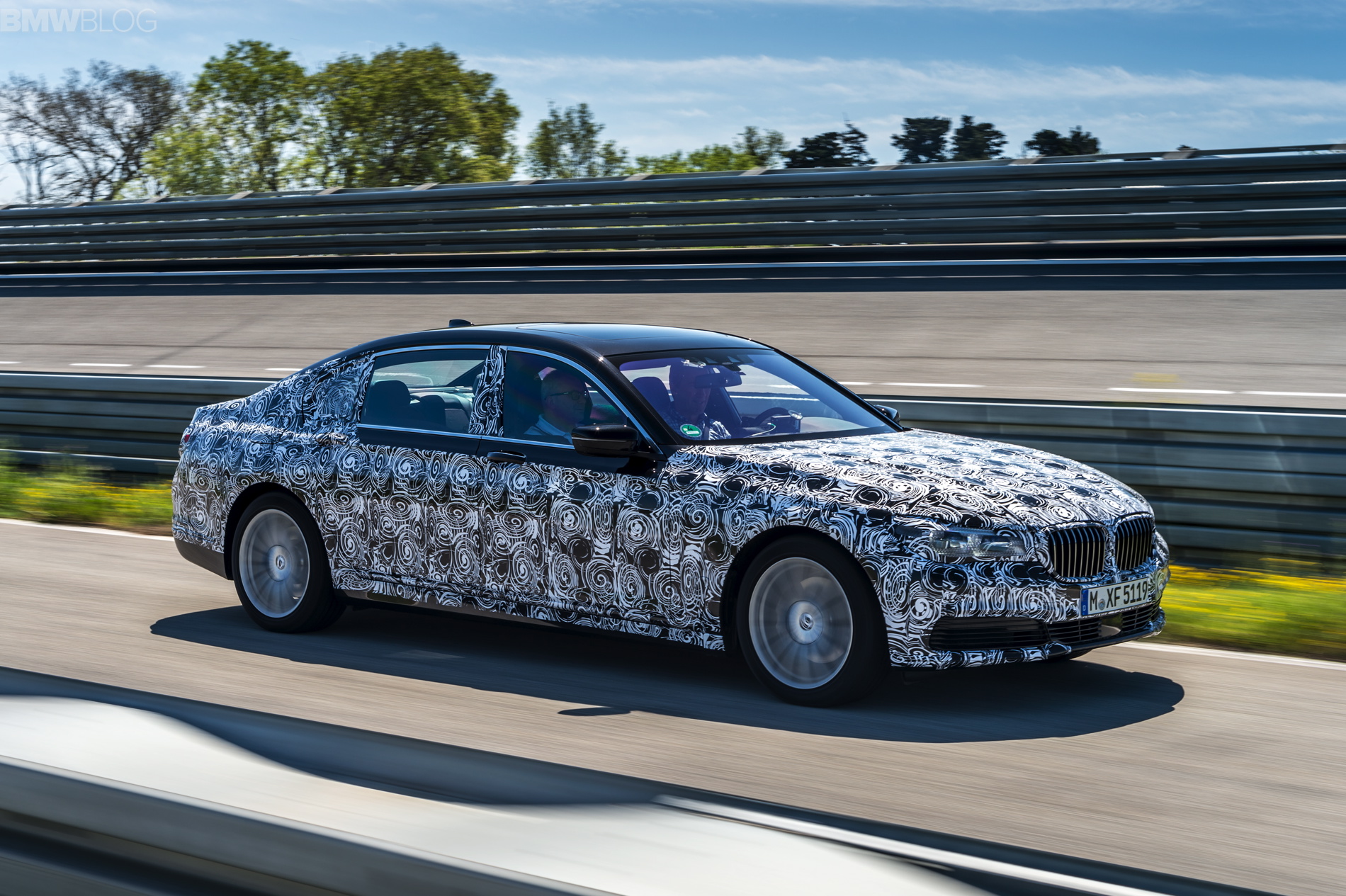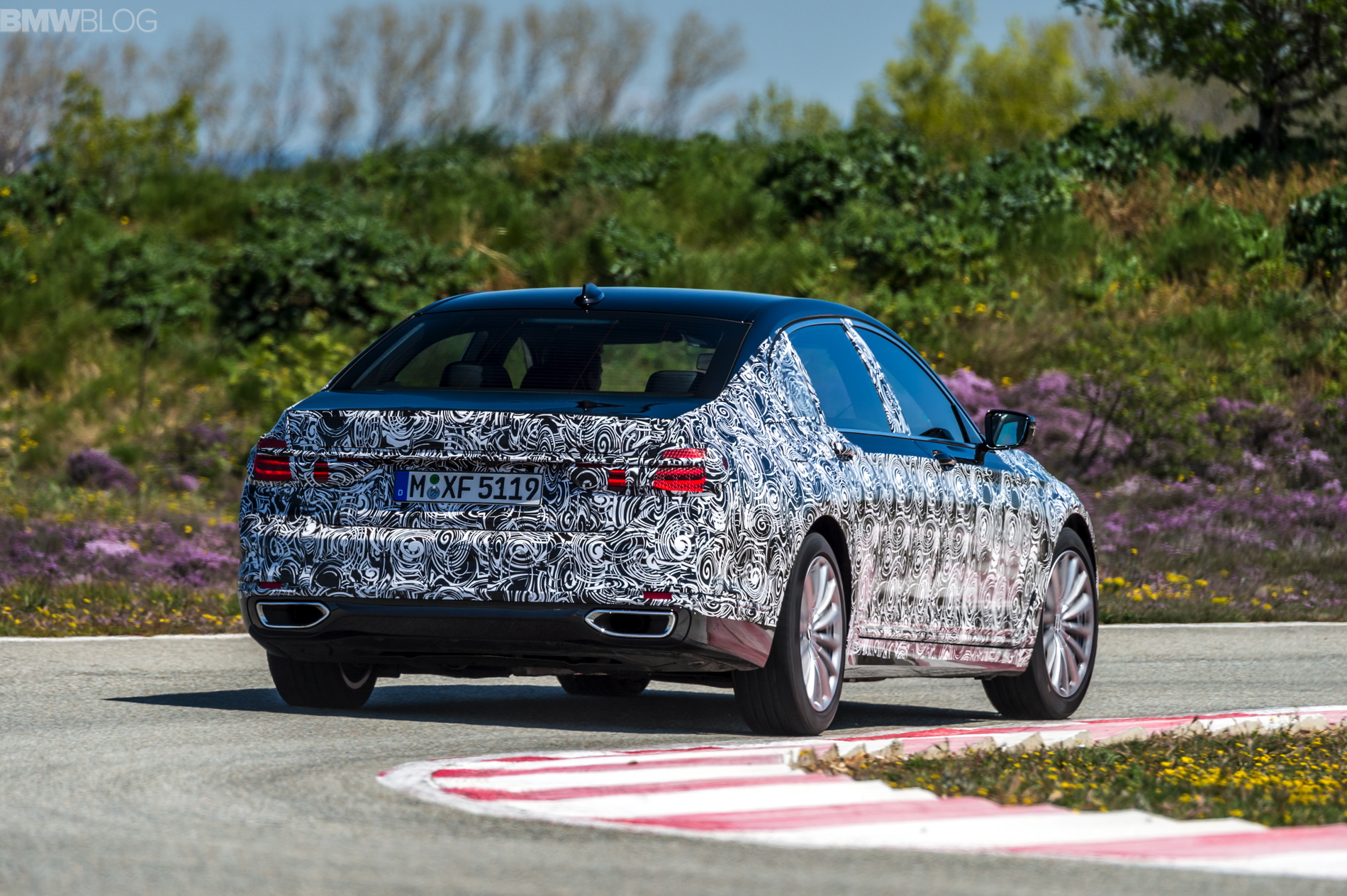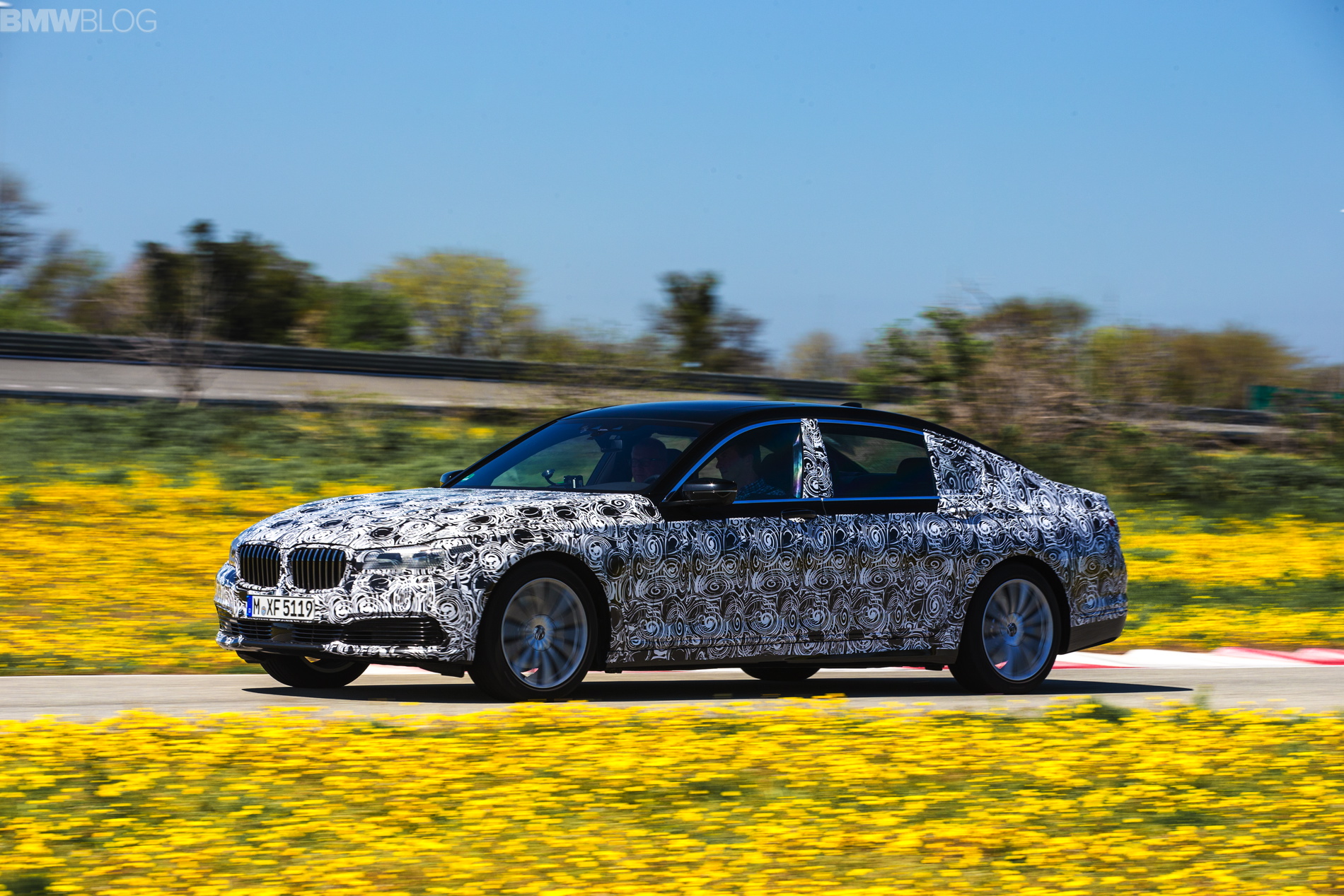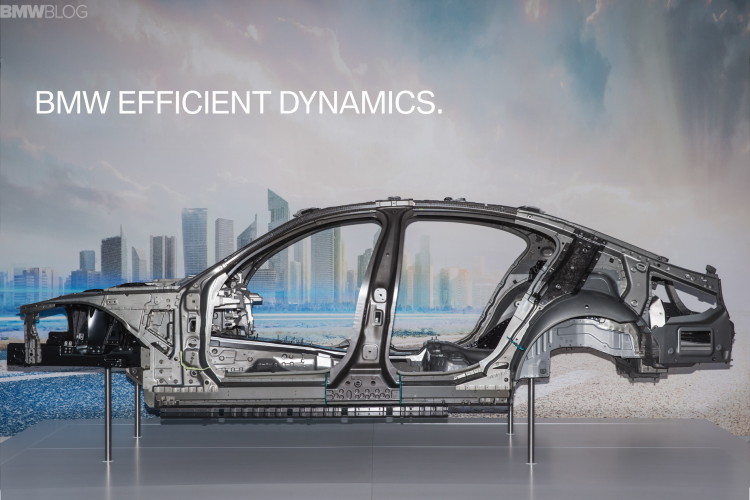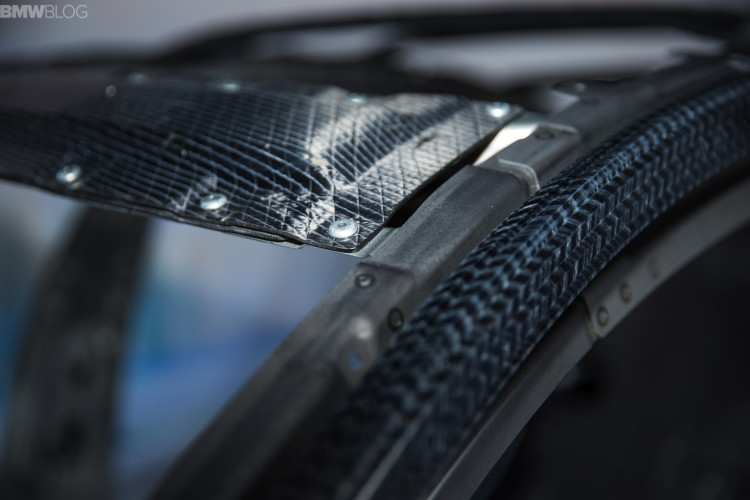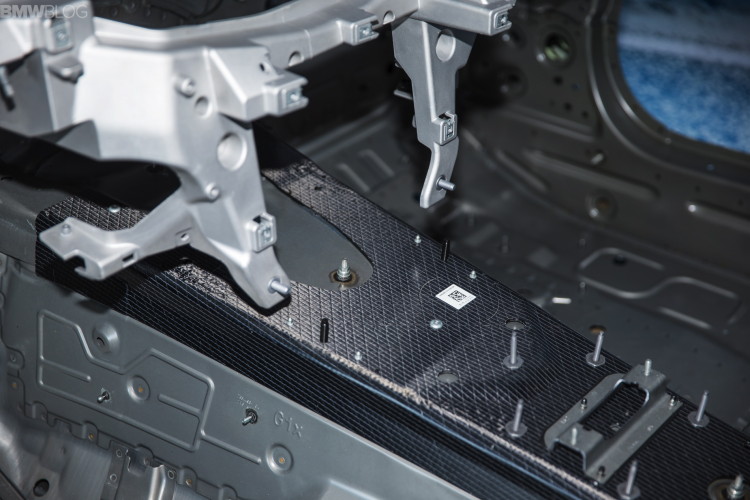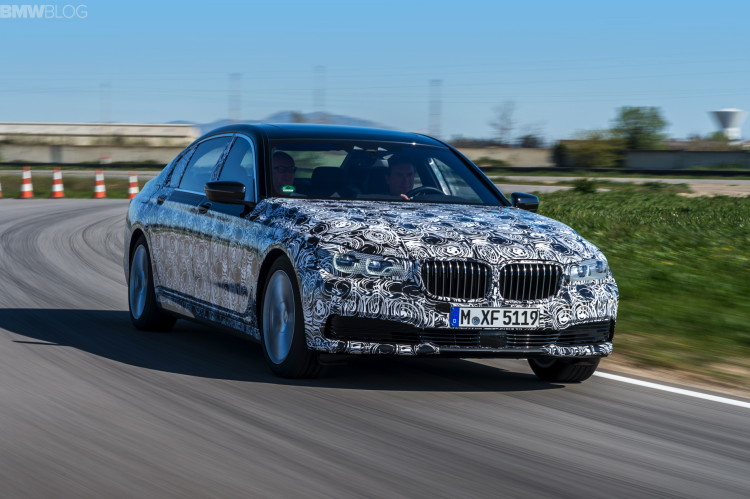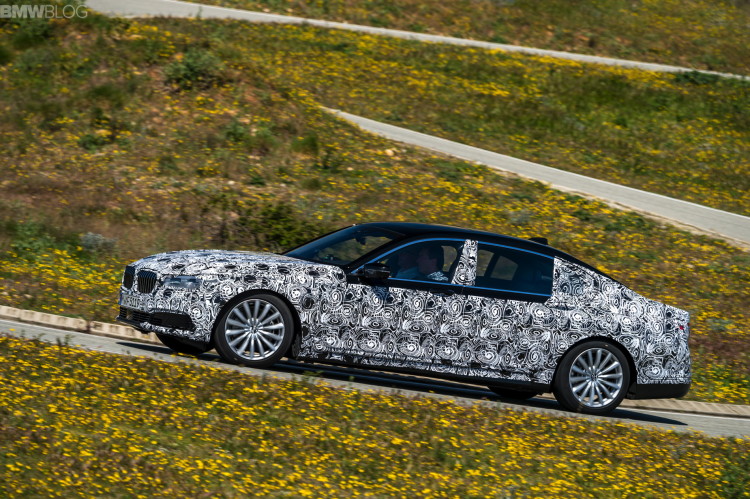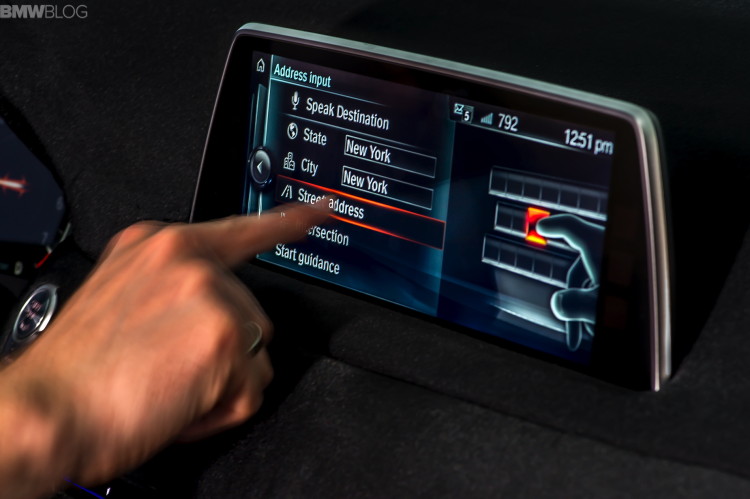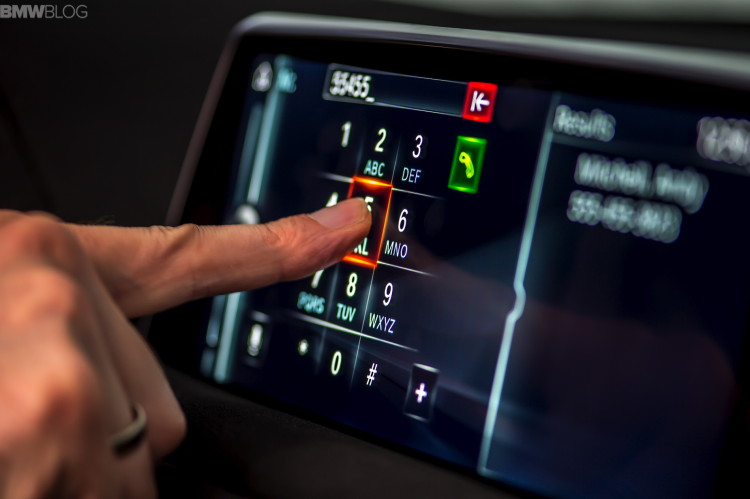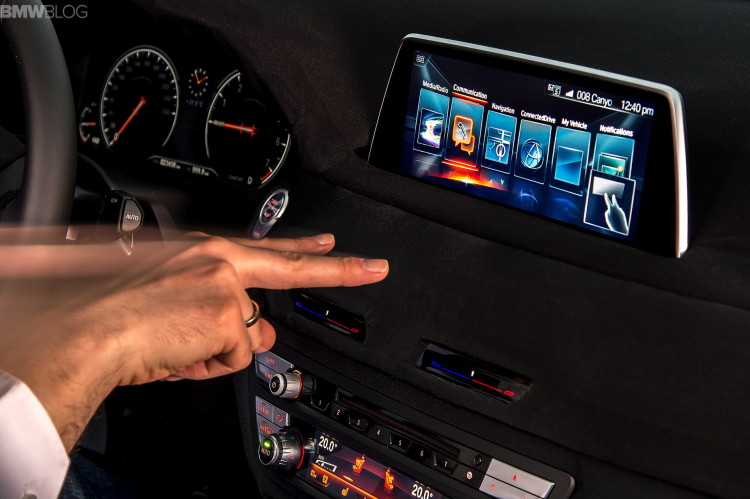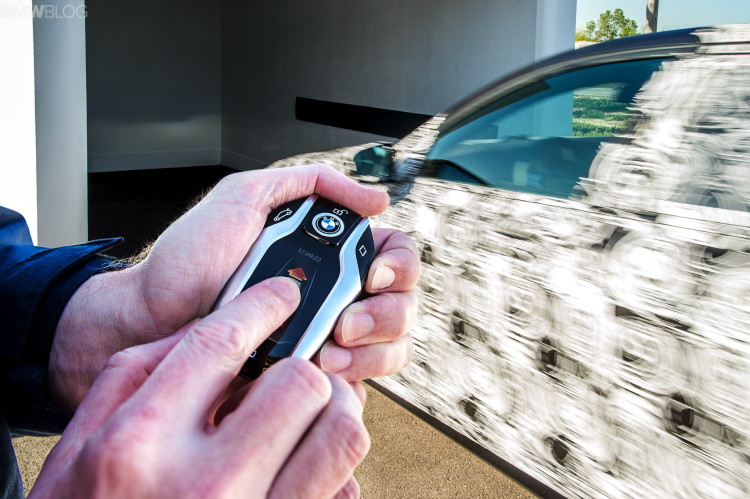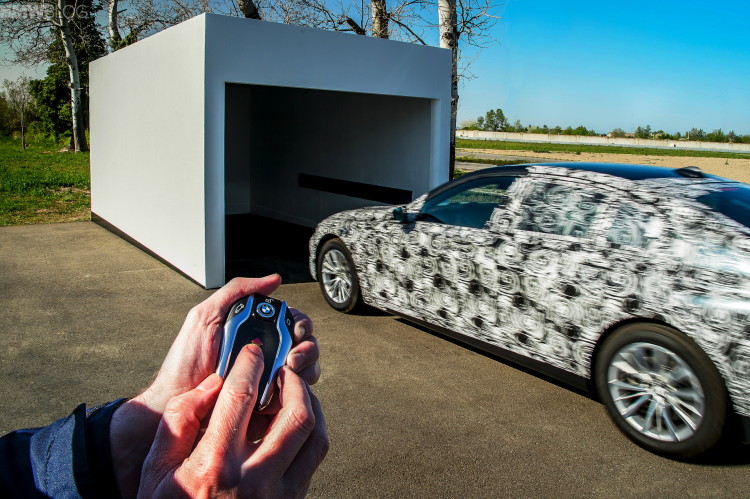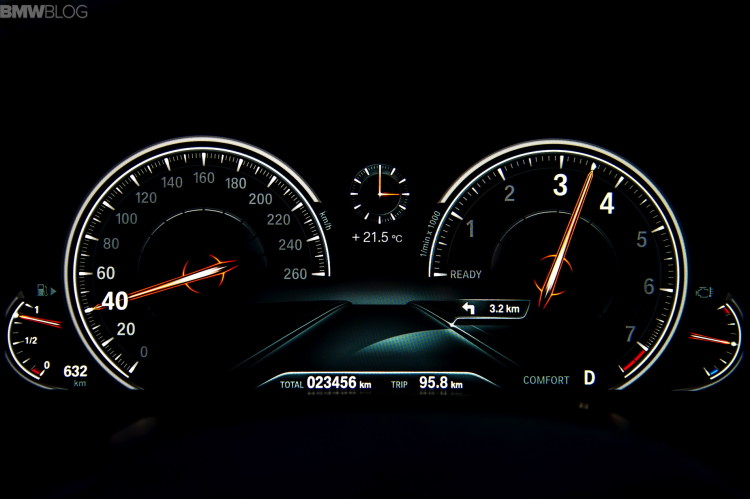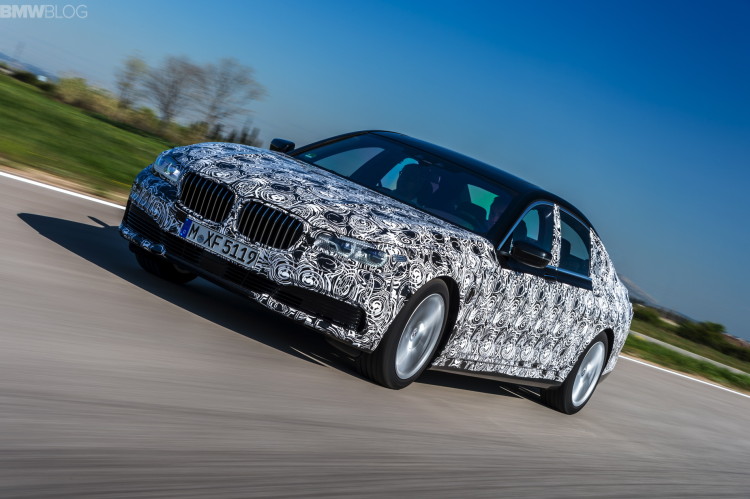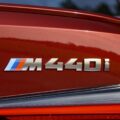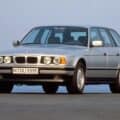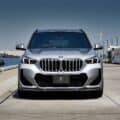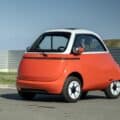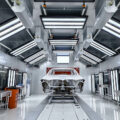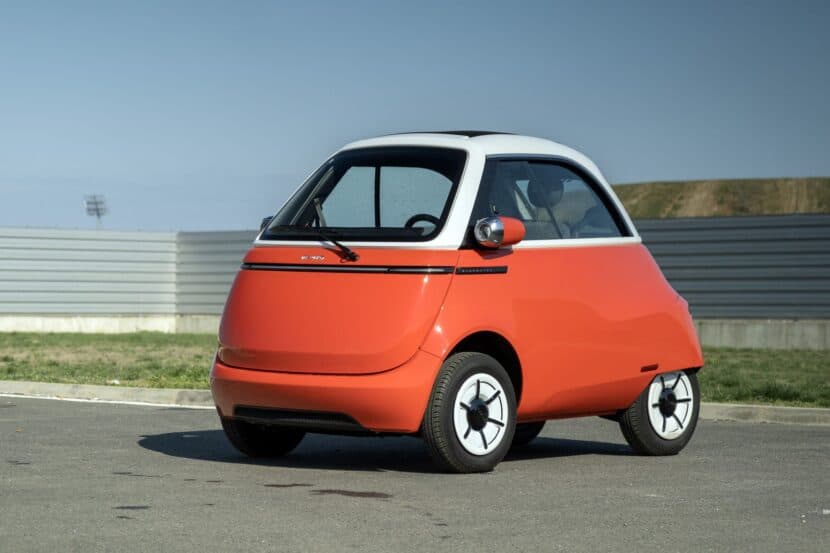High expectations
Lighter, safer, more intelligent and more efficient are the qualities that help summarizing the new 2016 BMW 7 Series which will be launched before the end of the year. We were among the first to drive it in a development stage close to production, but still camouflaged, in the BMW top secret test track of Miramas, in the south of France. Should Mercedes and Audi be worried?
After an era when each single new car was bigger than its predecessor we have recently entered a different trend in the automotive industry in which almost every single new car is lighter than the one which is retiring. As emission regulations become globally more stringent less weight and more advanced propulsion systems are the way to do it while benefiting performances and overall handling/agility.
Lightweight Construction
The new BMW 7 Series is the first car to use industrially manufactured carbon fiber reinforced plastic (CFRP) in its body construction not as a visible material in the outer skin, but in combination with steel, aluminum and plastic. It is also the first car in which CFRP has been fully integrated into the production process, another indicator of how the large scale application of this light and stiff material, first developed for BMW i models, is also becoming useful for other model ranges, contributing to minimize weight while increasing the construction strength and body stiffness.
In practical terms, the next 7 Series will be up to 130 kilograms lighter than a previous-generation equipped with a comparable engine (one third of the reduction coming from the body alone), despite significant additions to the roster of comfort and safety equipment on board (actually the weight reduction measures added up to 200 kg loss but 70 of them were offset by the added content of the new car). Another contributor to this result, unsprung masses have been reduced by up to 15 percent thanks to the focus on lightweight design for the suspension, brakes and wheels. And it is not merely a question of how many kilos the 7 Series was able to reduce but also how they are distributed. In keeping with a good BMW tradition, the car’s center of gravity has been further lowered weight partition between the two axles was adjusted to an ideal 50:50 ratio.
Powertrains
Not much information has been disclosed at this stage regarding powertrains, as the future 7 Series will only be driven by the world media in late August shortly before its world premiere at the Frankfurt motor show, opening its door in mid-September. Officially it is said that among the power units available there will be a six cylinder in-line variant from the BMW group’s latest TwinPower Turbo engine generation.
Naturally there will also be an eight-cylinder petrol engine as well as six and eight cylinder diesel units to be launched from sales start or staggered within the following months. The V12 will make its appearance by mid-2016. But the big surprise might come from the decision to also feature four-cylinder engines, even if not in all global markets. A four-cylinder 2.0 liter petrol engine is being considered for China as well as a 2.0 liter diesel for Europe. If confirmed, the future 7 Series will be the single premium car in this segment to use such small engines in a solo manner (the S-Class combines a four-cylinder unit with an electric motor on the plug-in hybrid version). Towards the end of 2016 BMW will also start sales of the plug-in hybrid 7 Series which will feature the exact same powertrain used in the X5 PHV which will debut at the Shanghai Motor Show next week.
Driving Impressions
At the Miramas race track we were given the chance to drive the 740i and the first impressions are highly positive. The engine responsive shows a lot of stamina from just above idle revs, as a result of the prompt torque availability and excellent cooperation with the revamped eight-speed automatic transmission, as well as the aforementioned weight reduction which not only helps the overall acceleration impression but also makes the car feel very nimble and definitely smaller than five meters long. Overall dimensions have also not been revealed, but the lead chassis engineer admitted the wheelbase has not changed (either in the standard or in the long versions) and the same can be said about the overall length.
The standard-fitted air suspension with automatic self-leveling enhances the ride comfort. The springs are supplied with air by an electrically driven compressor with a pressure accumulator. The body clearance is adjusted depending on the load on board even when the engine is off and the fact that the supply of air for each wheel is individually regulated allows an unevenly loaded car to be balanced out. An additional function is manual activation of the self-levelling function: at the touch of a button, the ground clearance can be raised by 20 mm, a feature which is especially useful on uneven surfaces or in multistorey car parks with sharply-angled ramps. At speeds over 35 km/h (22 mph), the self-leveling function automatically restores the default setting. At high speeds and when Sport mode is activated, the body is automatically lowered by 10 mm.
The benefits of air suspension are better felt when the system teams up with the standard Dynamic Damper Control. The electronic dampers improve the sedan’s primary and secondary ride, as well as its dynamic properties. The Driving Experience Control switch can be used to select from three damper control settings enhancing ride comfort (Comfort and Comfort+ modes) and sporty, agile handling (Sport mode) respectively. During our several laps in the Miramas test track the different settings could easily be felt but the 740 never felt too soft or too hard even in the more extreme driving modes, meaning it can easily be left in the same setting during the duration of any trip on normal roads. The Driving Experience now features an Adaptive Mode which automatically adjusts the suspension settings depending on road condition and driving style as well as predictive data which collects from the navigation system (for instance, when there is a sequence of curves coming up or an urban area approaching).
The new generation Integral Active Steering system is an option for the new generation of the 7 Series. The planetary gear previously used at the front axle has been replaced by a variable rack and pinion ratio allowing Integral Active Steering to be offered for the first time in conjunction with the xDrive (all-wheel-drive) system. The four wheel steering system means that by turning the rear wheels either with or in the opposite direction to the front wheels it is possible to increases maneuverability in urban areas and agility in sporty driving. Another new option which improves overall handling is the Dynamic Drive active roll stabilization system which employs electro-mechanically driven stabilizers to reduce roll during fast cornering.
Much more than gadgets
The monitor for the iDrive operating system which takes the form of a touch display for the first time, meaning drivers will also be able to operate the system as they do consumer electronic devices, but there is still a controller to operate the system in familiar style. And two more options extend the array of control methods of infotainment inside the future 7 Series, vice control and gesture control, and all four will be used according to situation and user´s likings. Pre-defined hand movements near the center console – registered by a 3D sensor – provide an intuitive way of operating frequently used infotainment system functions. Gestures can be used to adjust the volume of audio programs, for example, and to accept or reject incoming telephone calls as well as to call pre-set functions which may be defined through the infotaiment menu.
The Bang & Olufsen system is now standard, and BMW has refrained from commenting on the Bower & Wilkins option. Full LED headlights are part of the standard package, while the laser lights will cost extra.
On this first exclusive pre-drive with the future 7 Series we were also given the chance to try out some of the new driver assistance and autonomous driving systems which will become available as options in most of the cases. The new BMW 7 Series is the world’s first series-produced car that owners will be able to maneuver in or out of parking spaces or garages without anyone at the wheel (in other words, the driver can prompt the car to enter or exit a parking space fully automatically). Also, the latest version of the optional parking assistant makes it easier to select and use parking spaces positioned parallel or transversely to the road as the system takes over the entire parking process, including steering, gear changes, acceleration and braking maneuvers.
On one of the lap sections we turned on the Active Cruise Control with Stop & Go function when following a car at moderate speed as if driving on a heavily packed motorway giving the 7 Series a first scent of autonomously driven car. Moreover, since the test unit features cross-traffic warning system (in the front), steering and directional control assistant with Traffic Jam Assistant and the Lane Departure Warning Assistant with active side collision Protection (which rely on the data collected by the stereo camera and radar sensors at the front and sides of the car to detect road boundaries, vehicles traveling ahead and those approaching from the side or rear) it was possible to significantly increase speed (it is available up to 210 km/h or 130 mph).
While giving it a try we clearly felt the smooth steering inputs to help the car to stay in the center of the lane or avoid unintentional departures from it (but the driver´s hands must stay on the steering wheel otherwise the system deactivates itself after 10 seconds, following a visual and acoustic warning). When changing lanes, the systems can also help avoid collisions with vehicles on either side of the car or coming from behind, as if we were approaching two magnets with like poles facing each other.
In a nutshell
Claiming to be the lightest car in its class, the new 7 Series will most likely prove itself to be more precise, nimble and fun to drive than any of its hard core competitors, while threatening to set a new benchmark both in terms of fuel efficiency and dynamic performances. It was not possible to come to any conclusions regarding interior fit and finish quality as the cabin of the prototypes were also camouflaged but the array of driver´s assistance systems and the first ever gesture control technology in a series production car (which is also the first to be able to park autonomously) are likely to leave the new top of the range BMW sedan in a unique position.
So our initial question has been answered and, yes, Mercedes and Audi have good reason to be concerned.
2016 BMW 7 Series
Steering Feedback - 9
Performance - 9
Handling - 9
Cabin Tech - 9
Safety Systems - 9
BMWness/Ultimate Driving Machine - 9
9
Test drive and review of 2016 BMW 7 Series
Claiming to be the lightest car in its class, the new 7 Series will most likely prove itself to be more precise, nimble and fun to drive than any of its hard core competitors, while threatening to set a new benchmark both in terms of fuel efficiency and dynamic performances.



